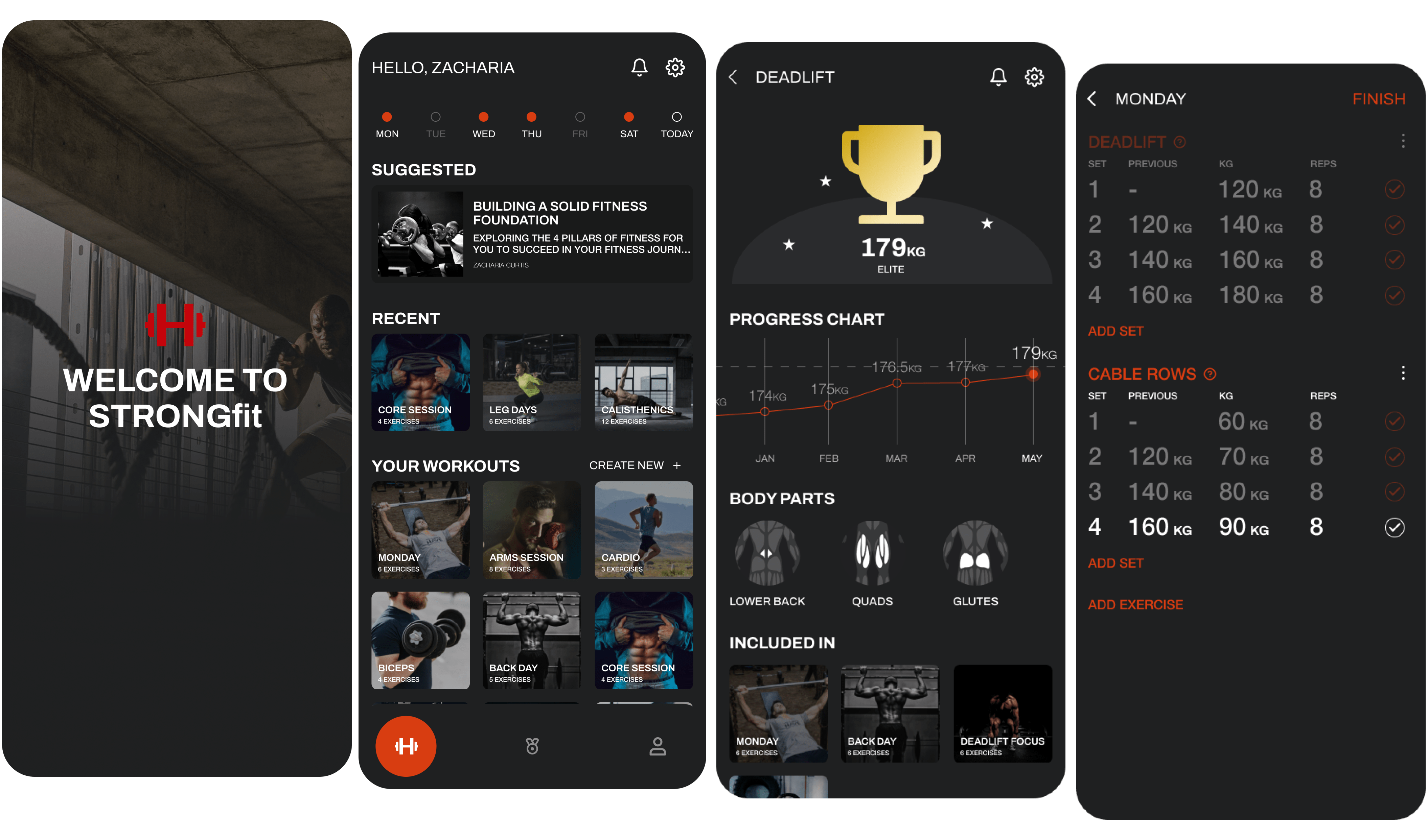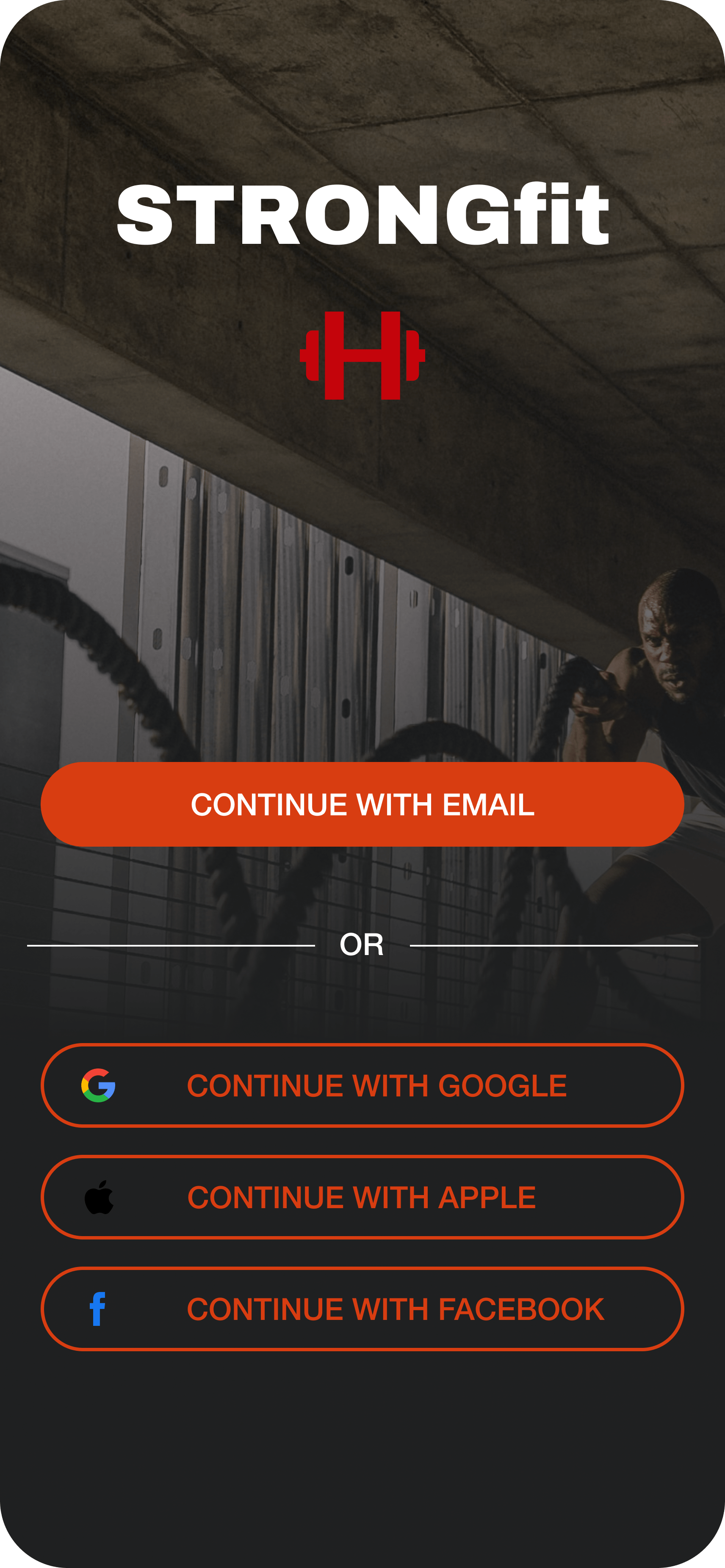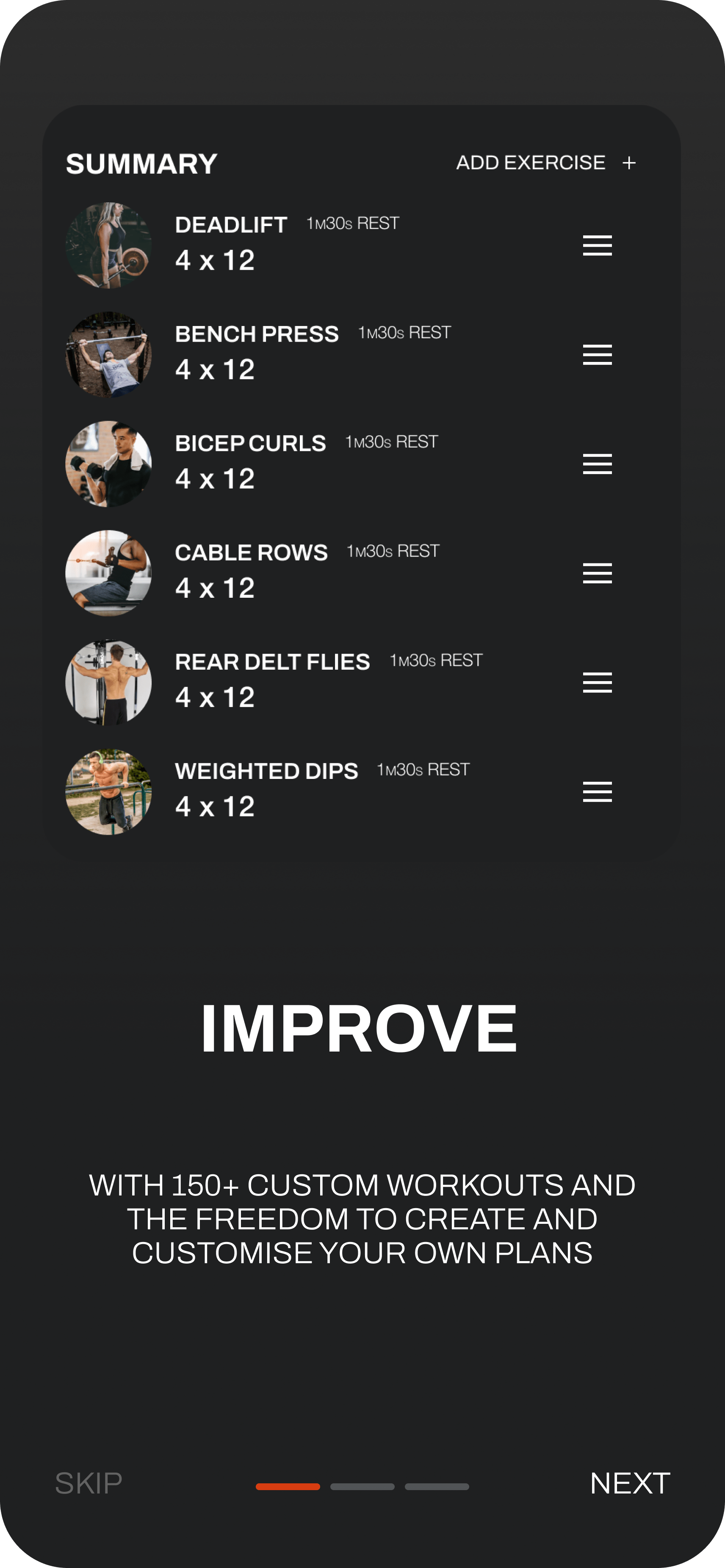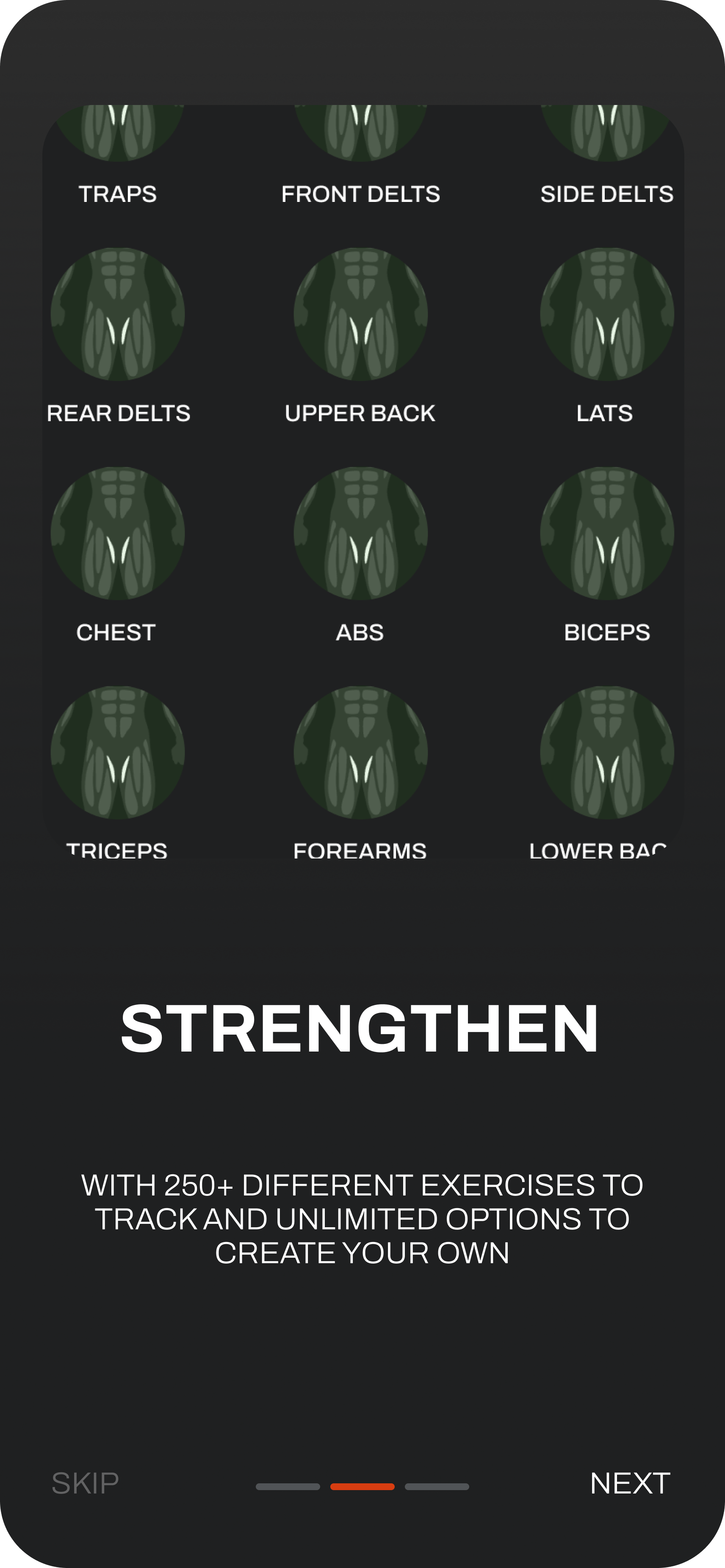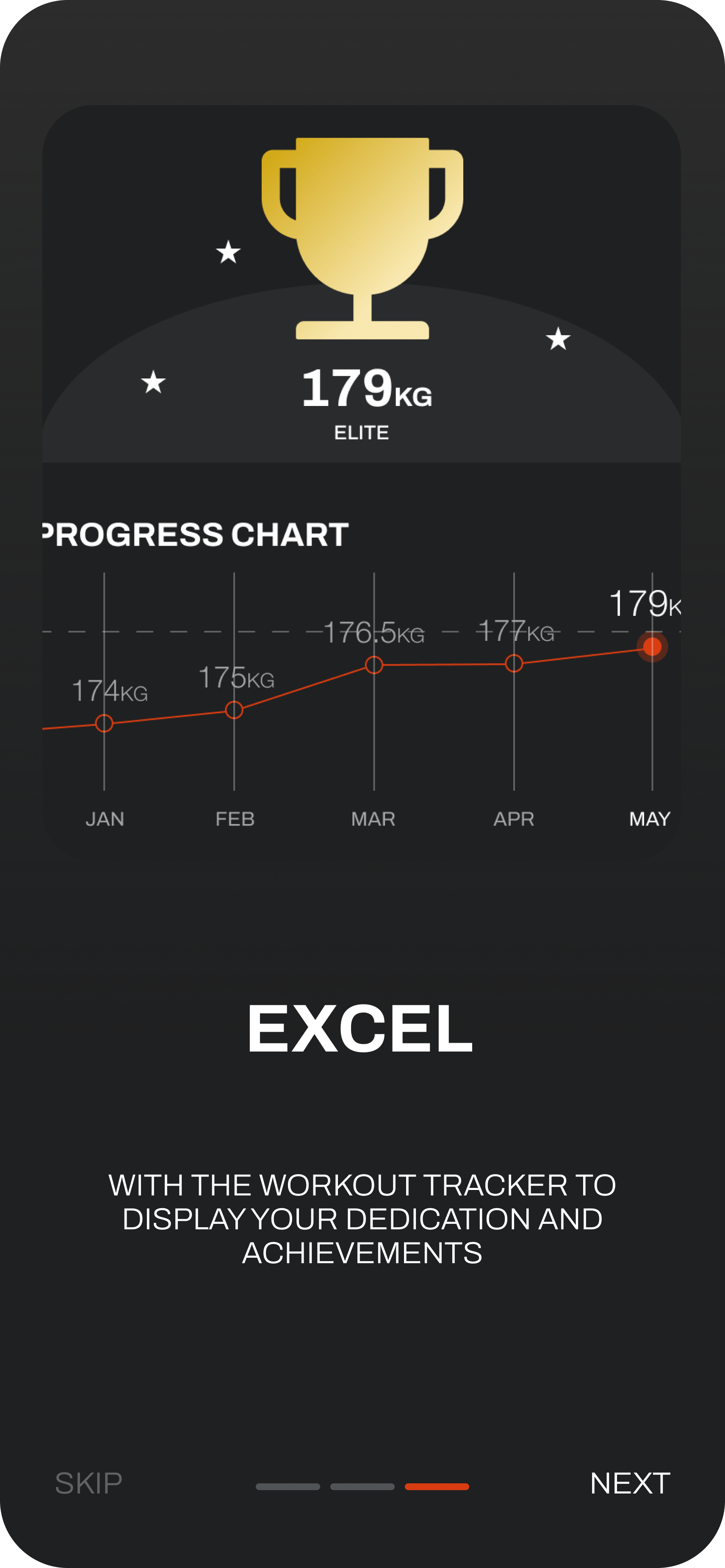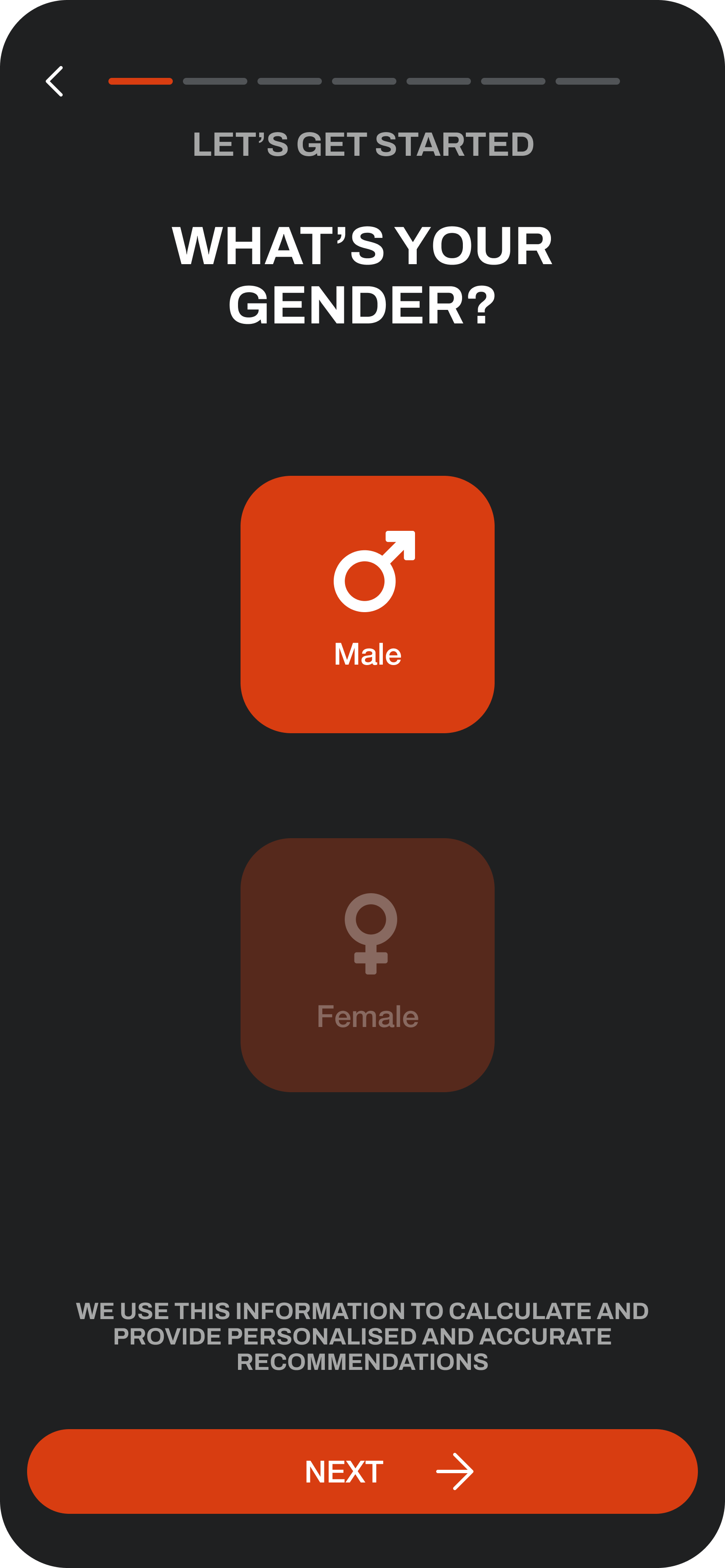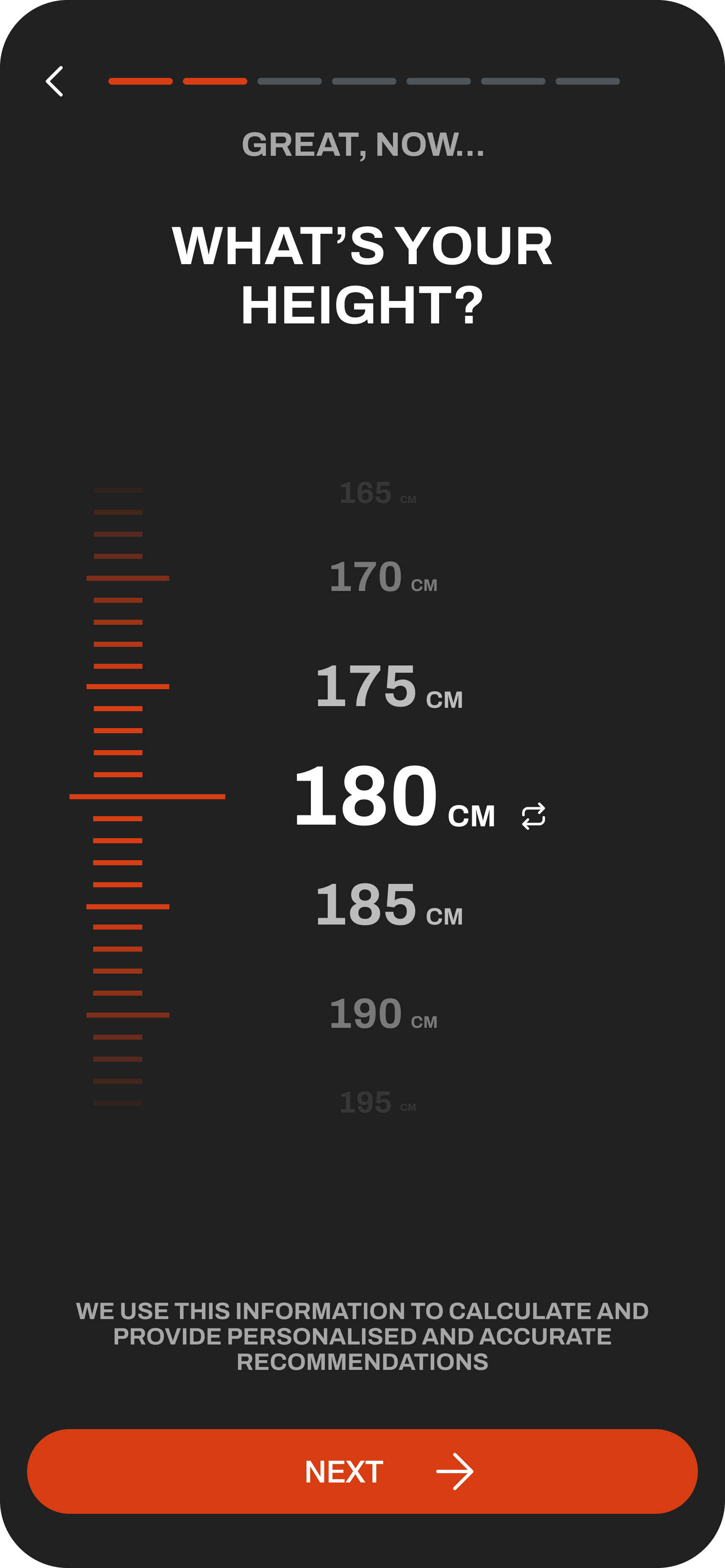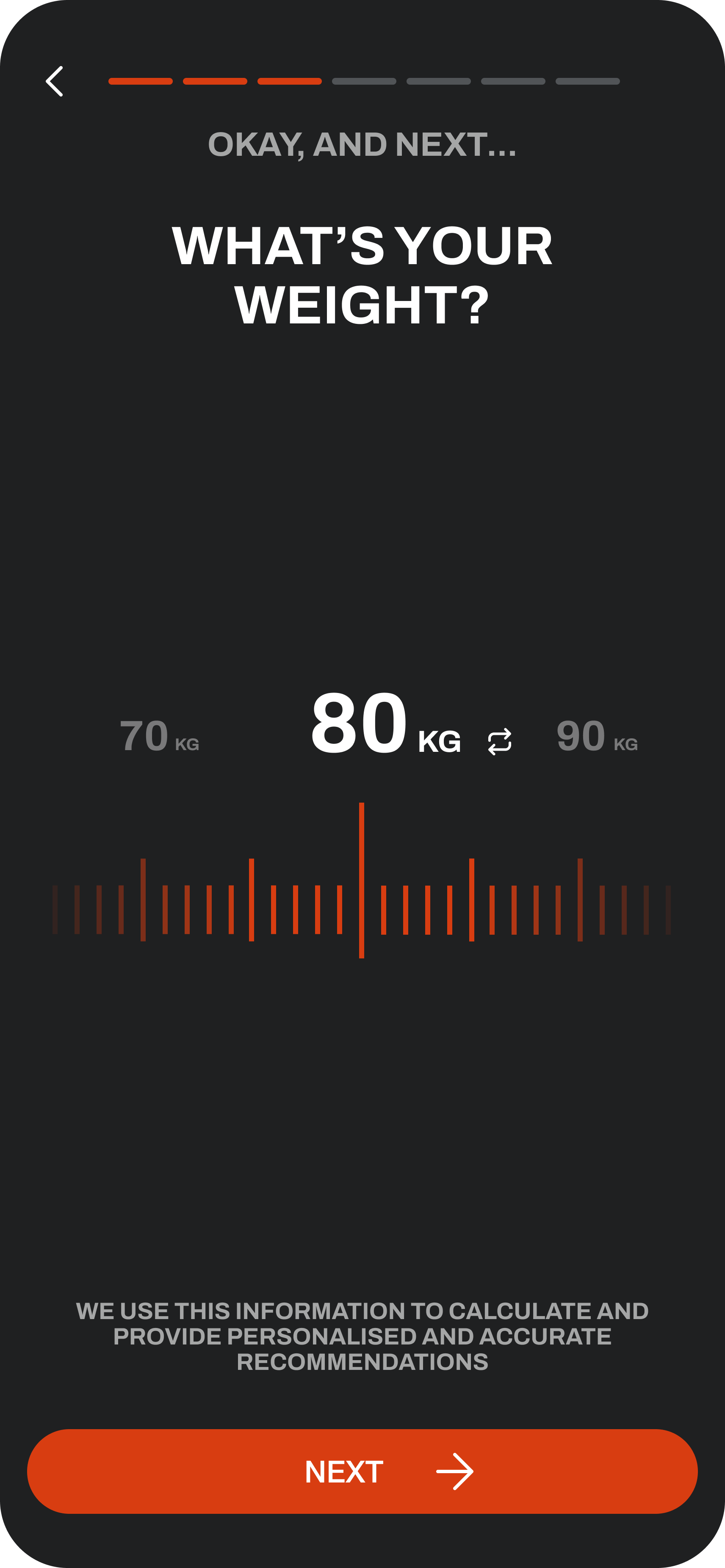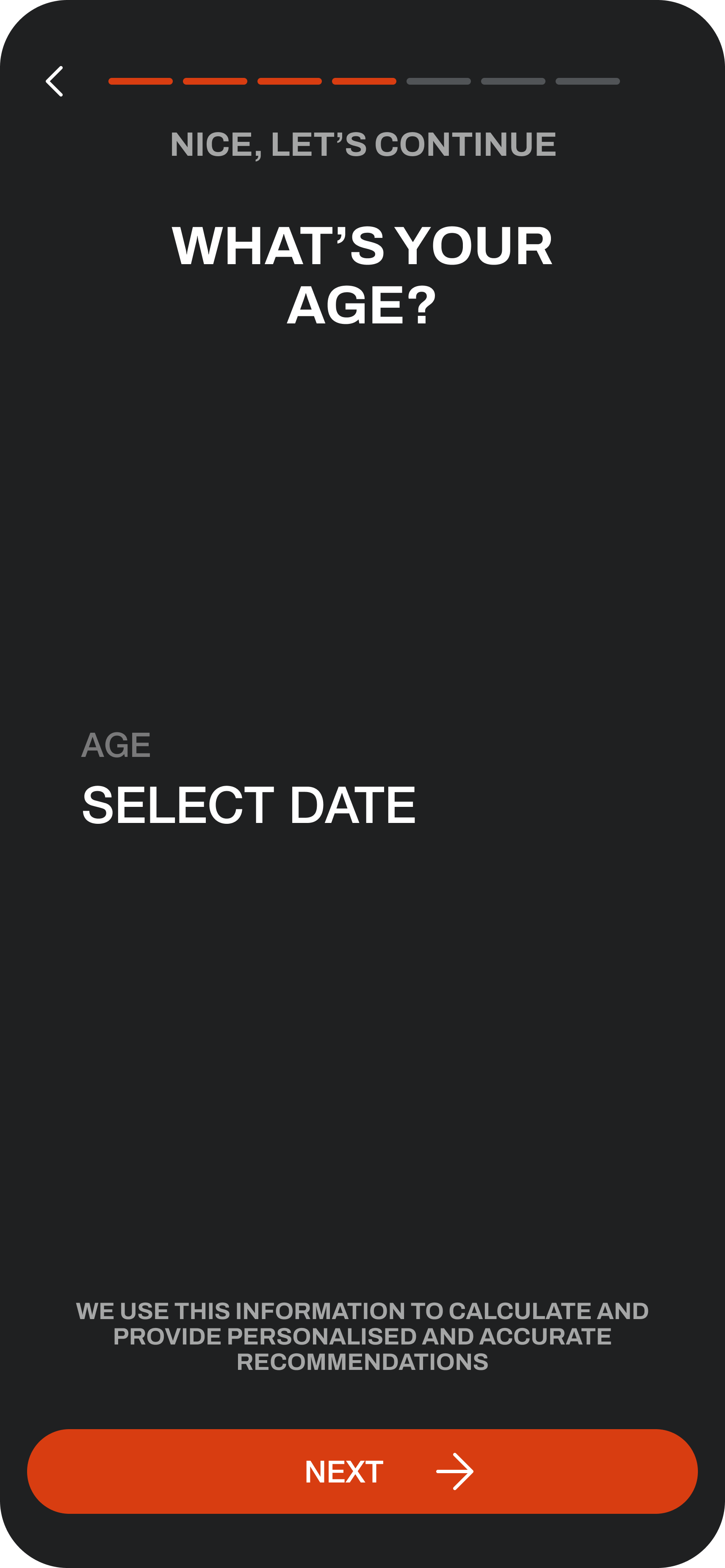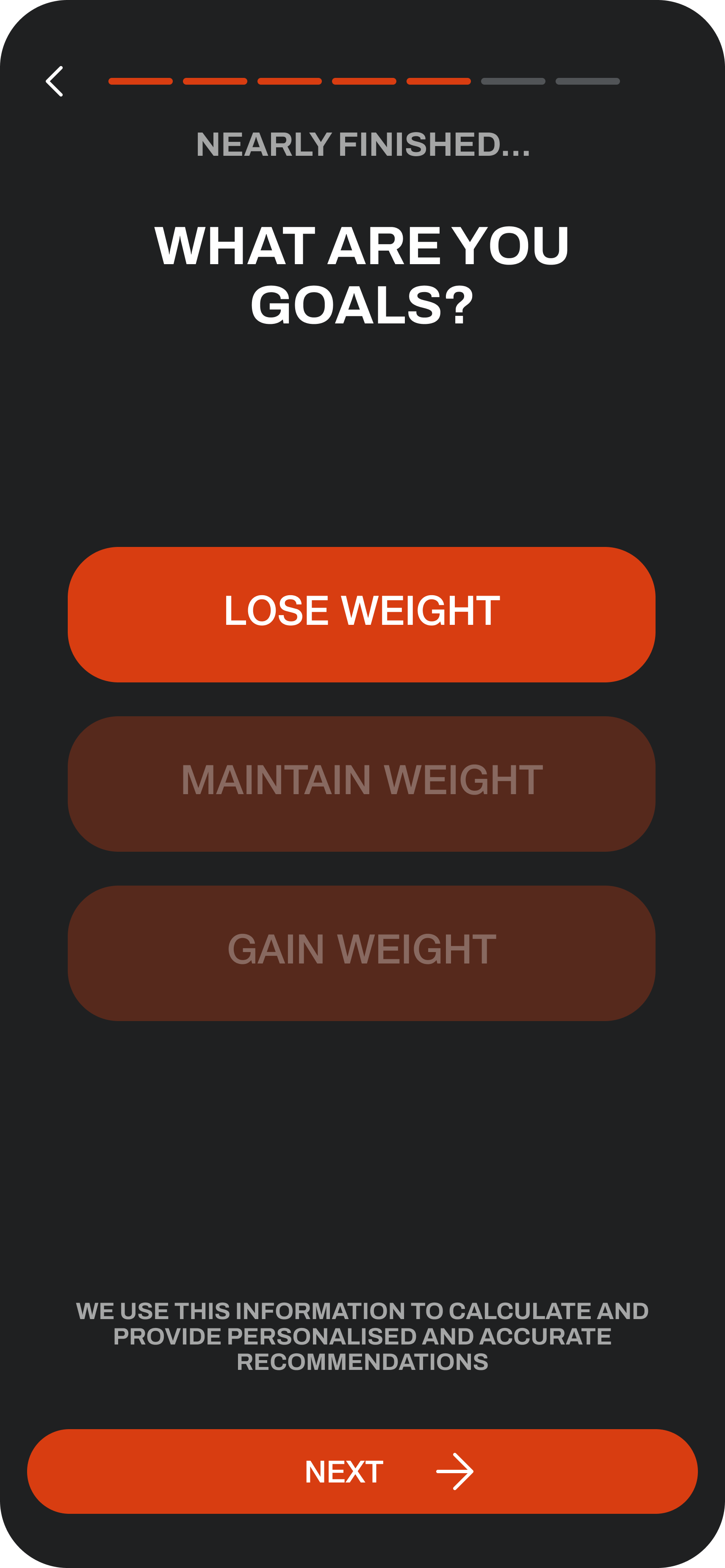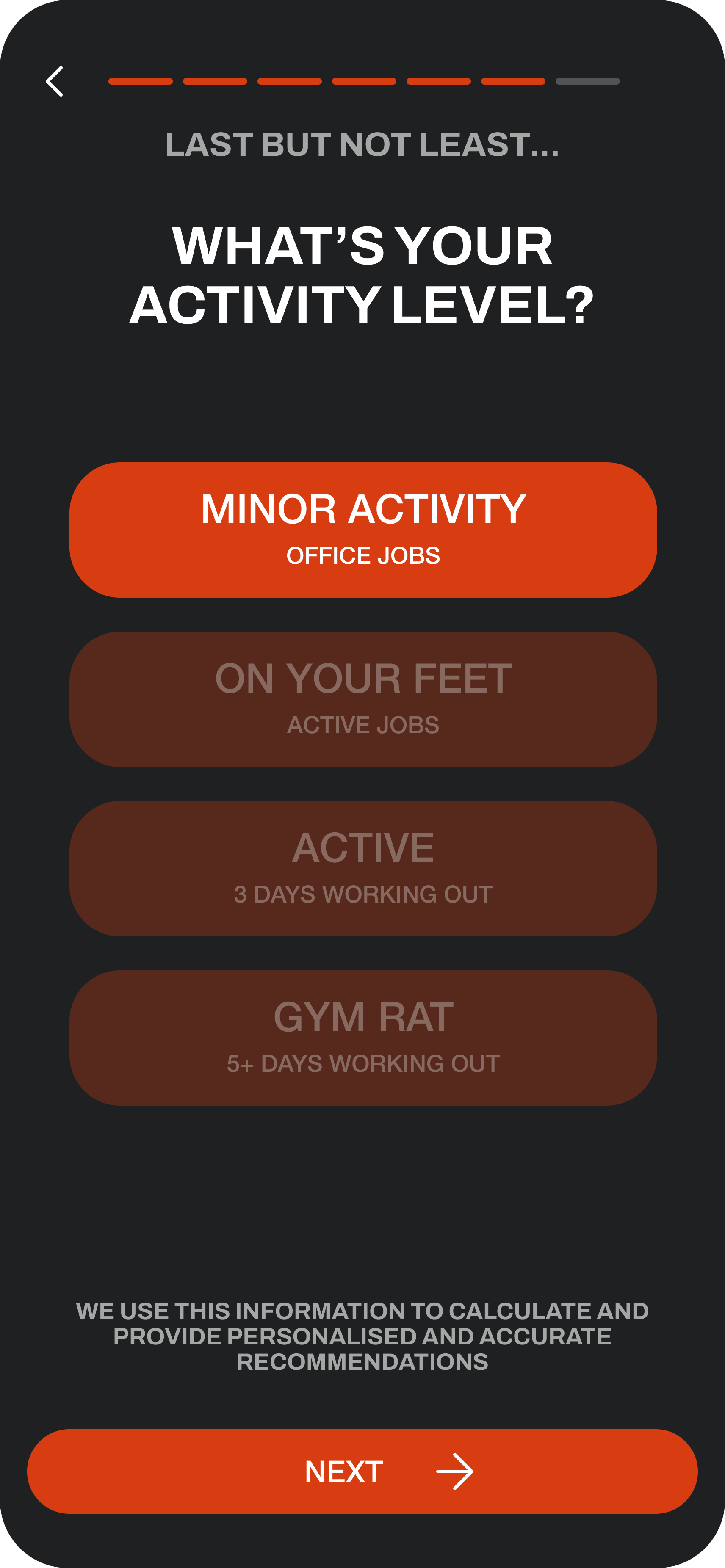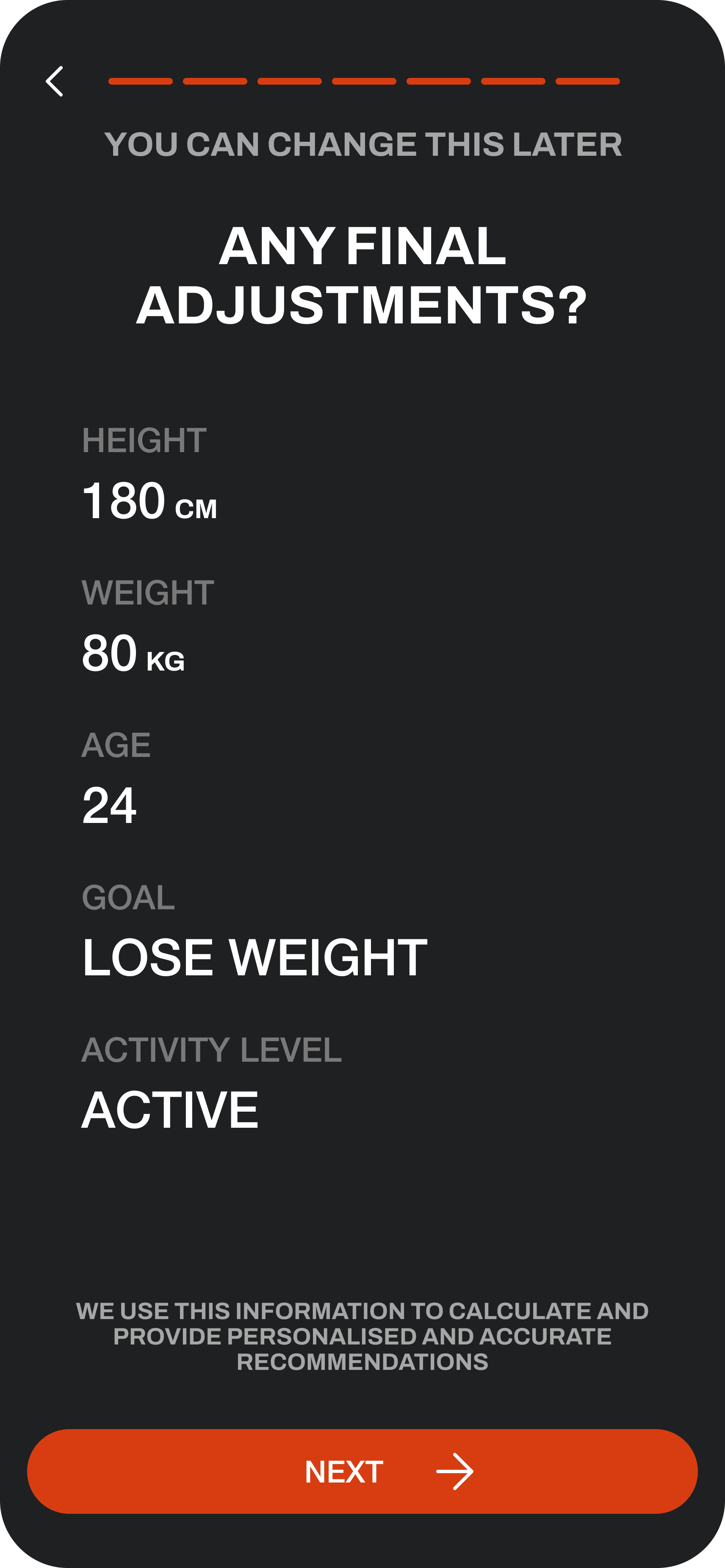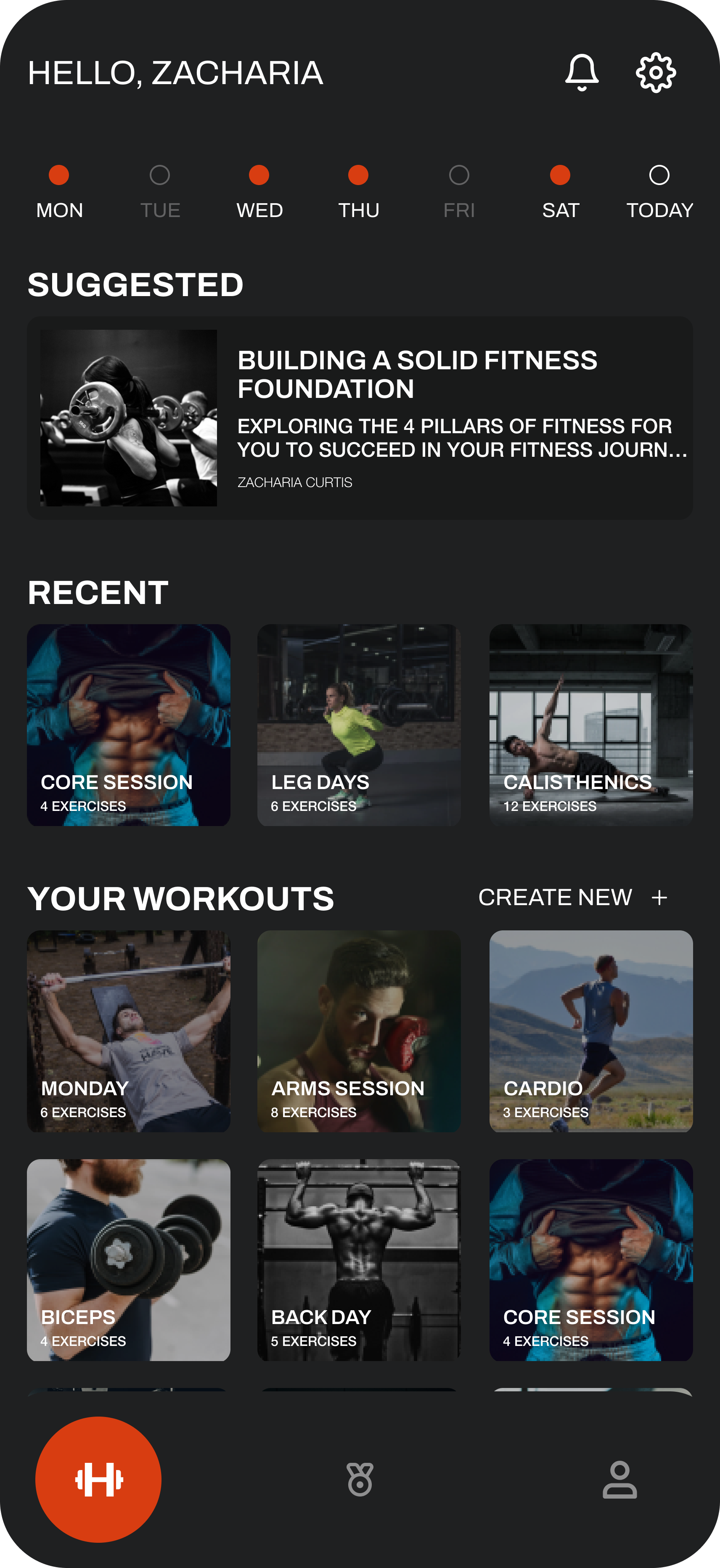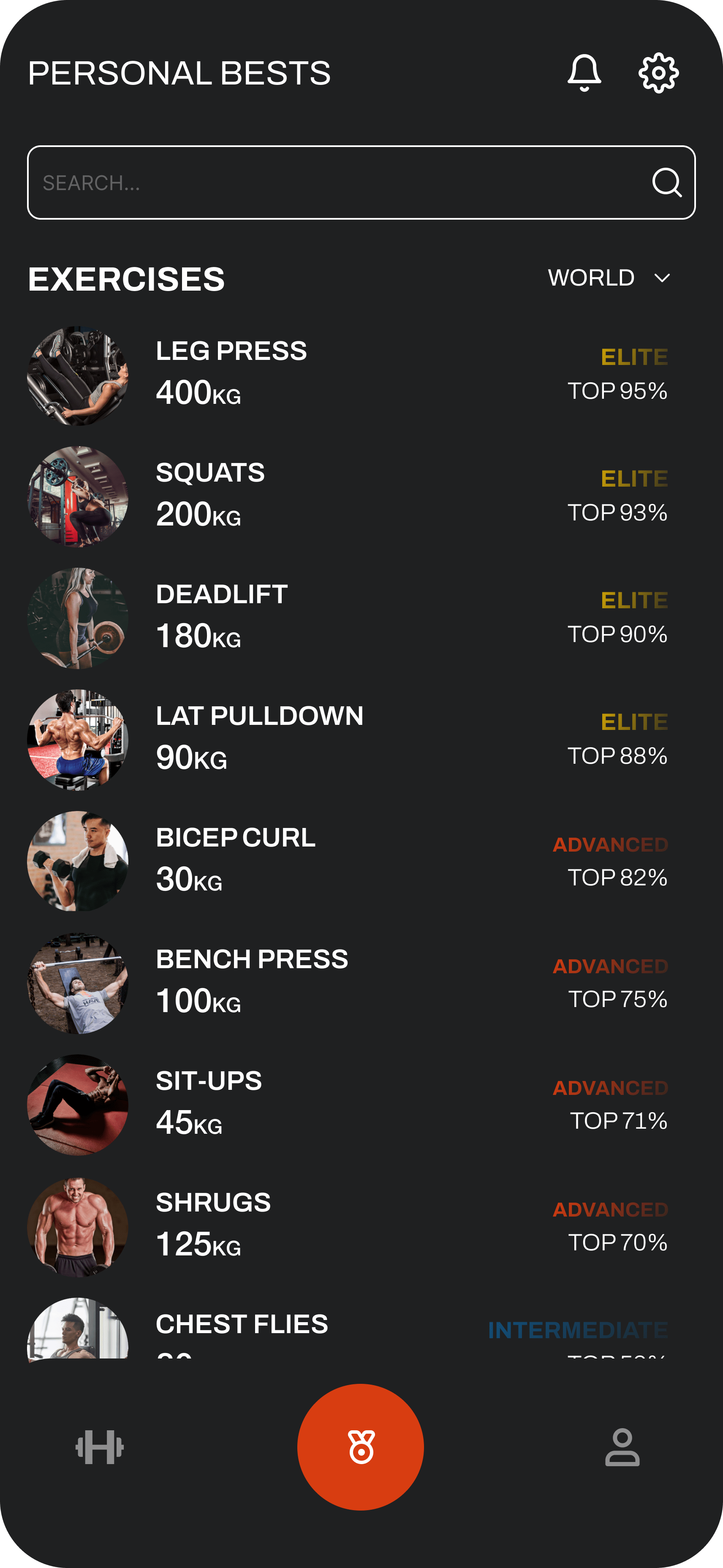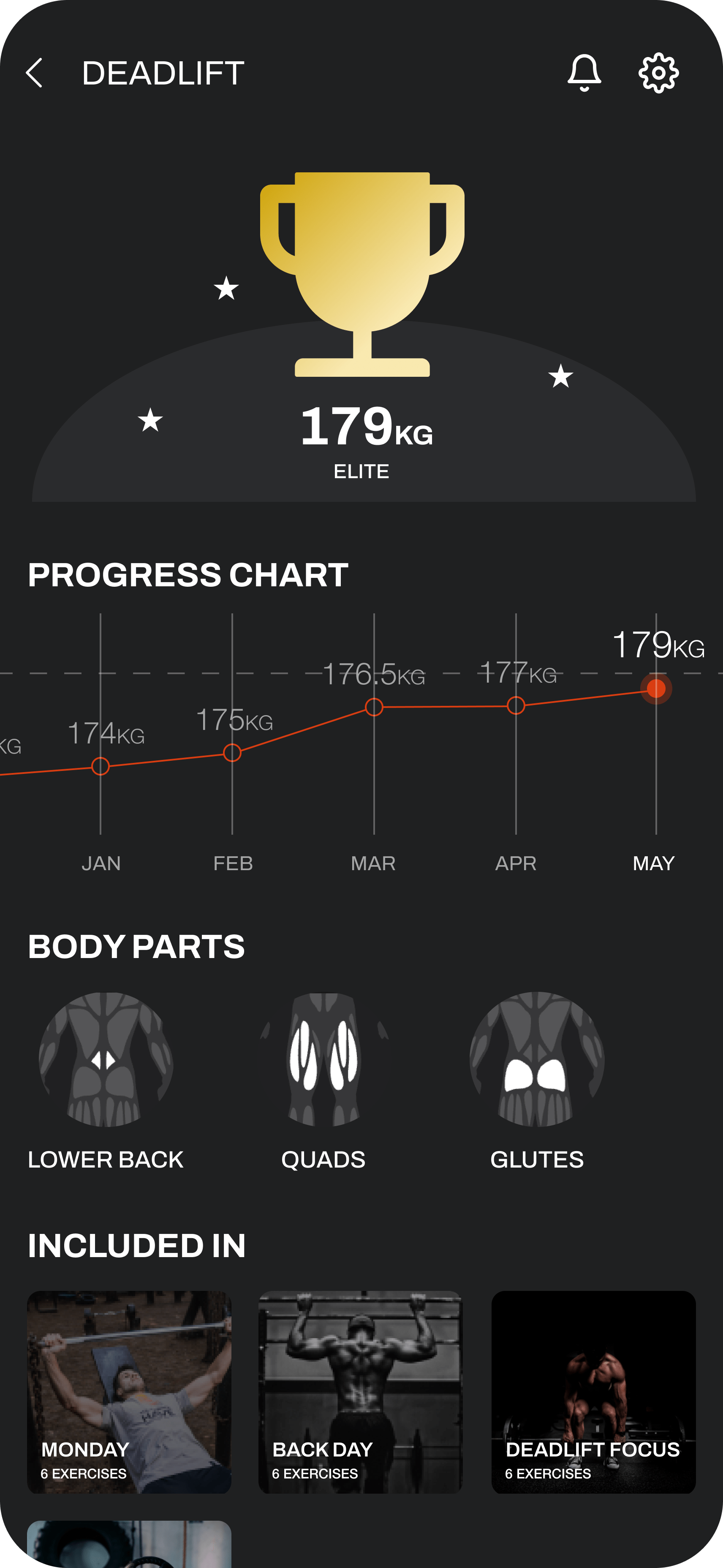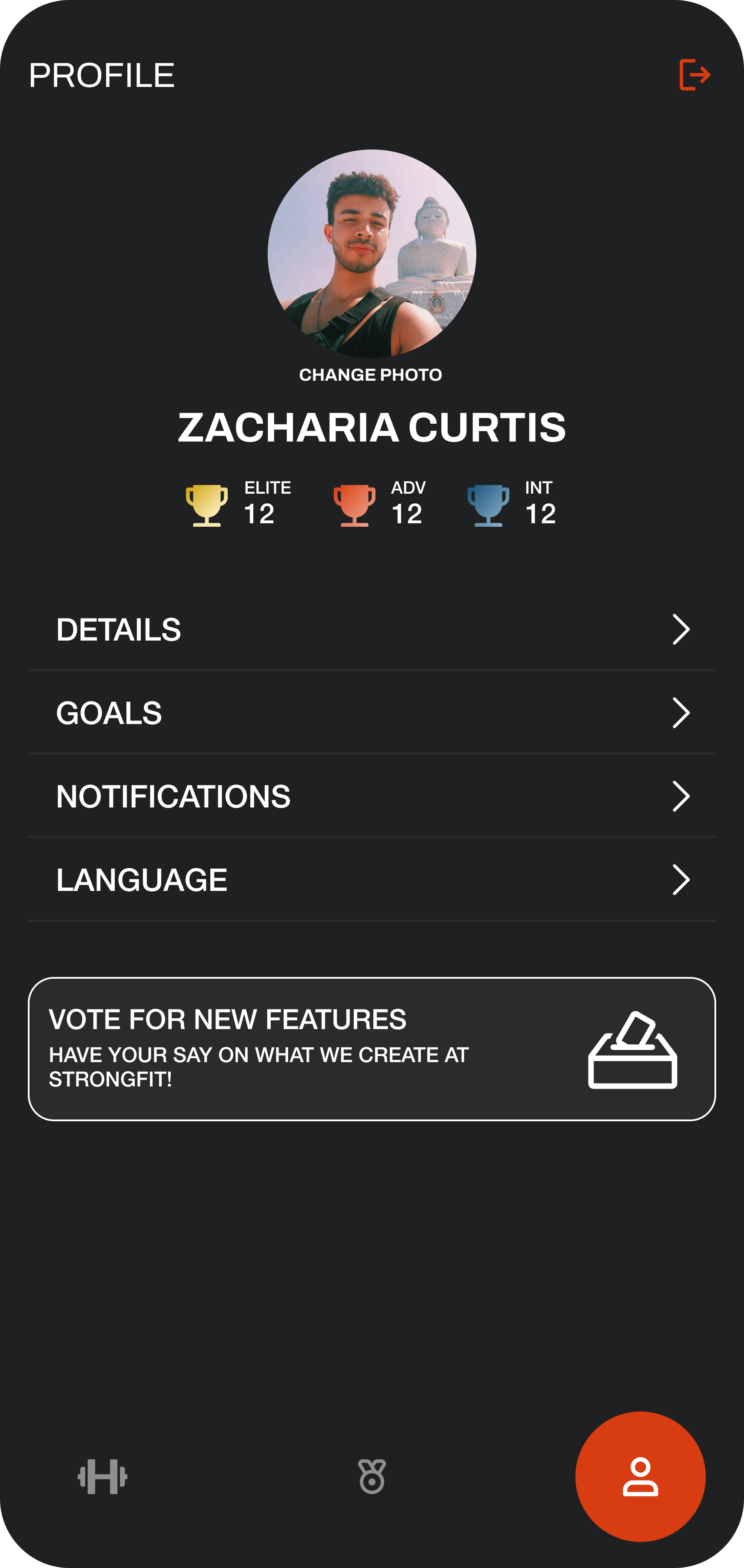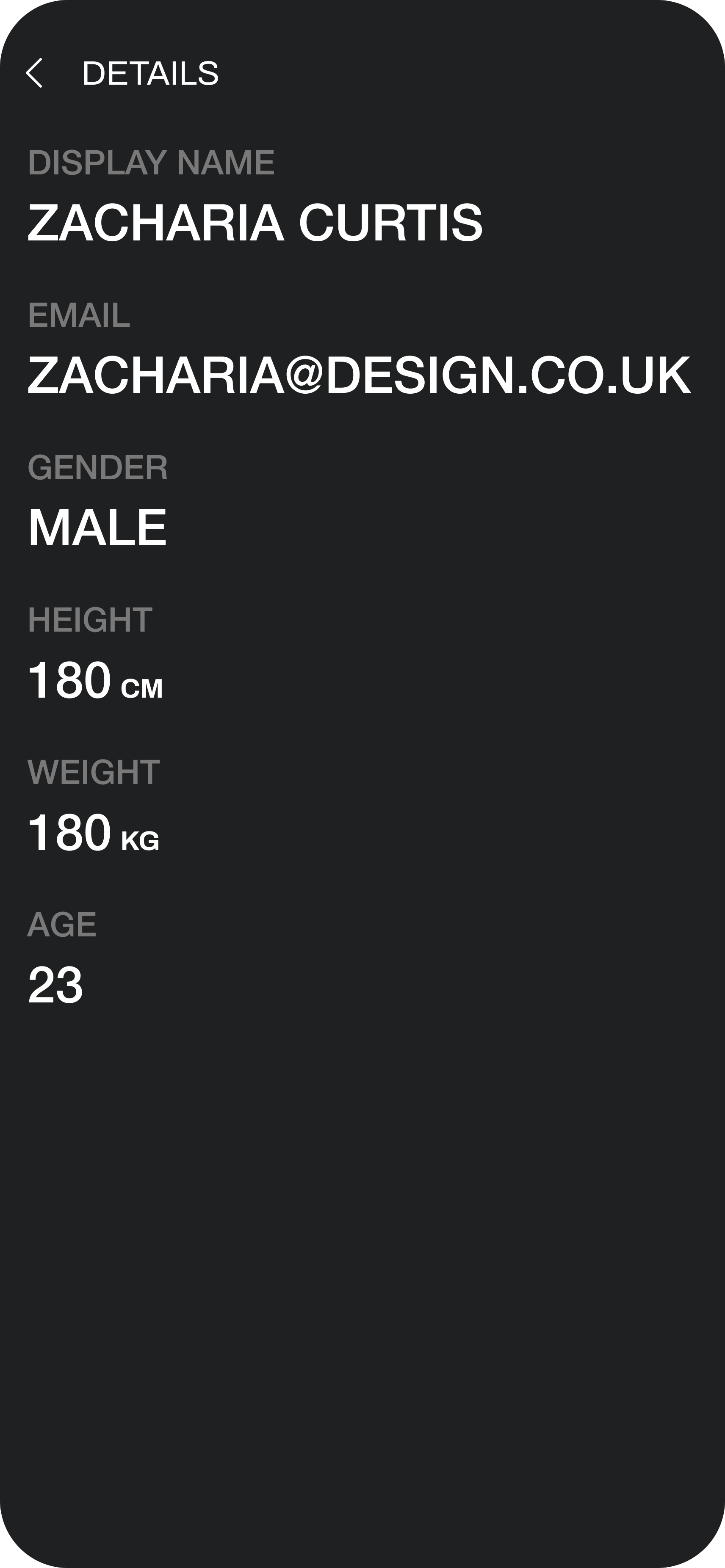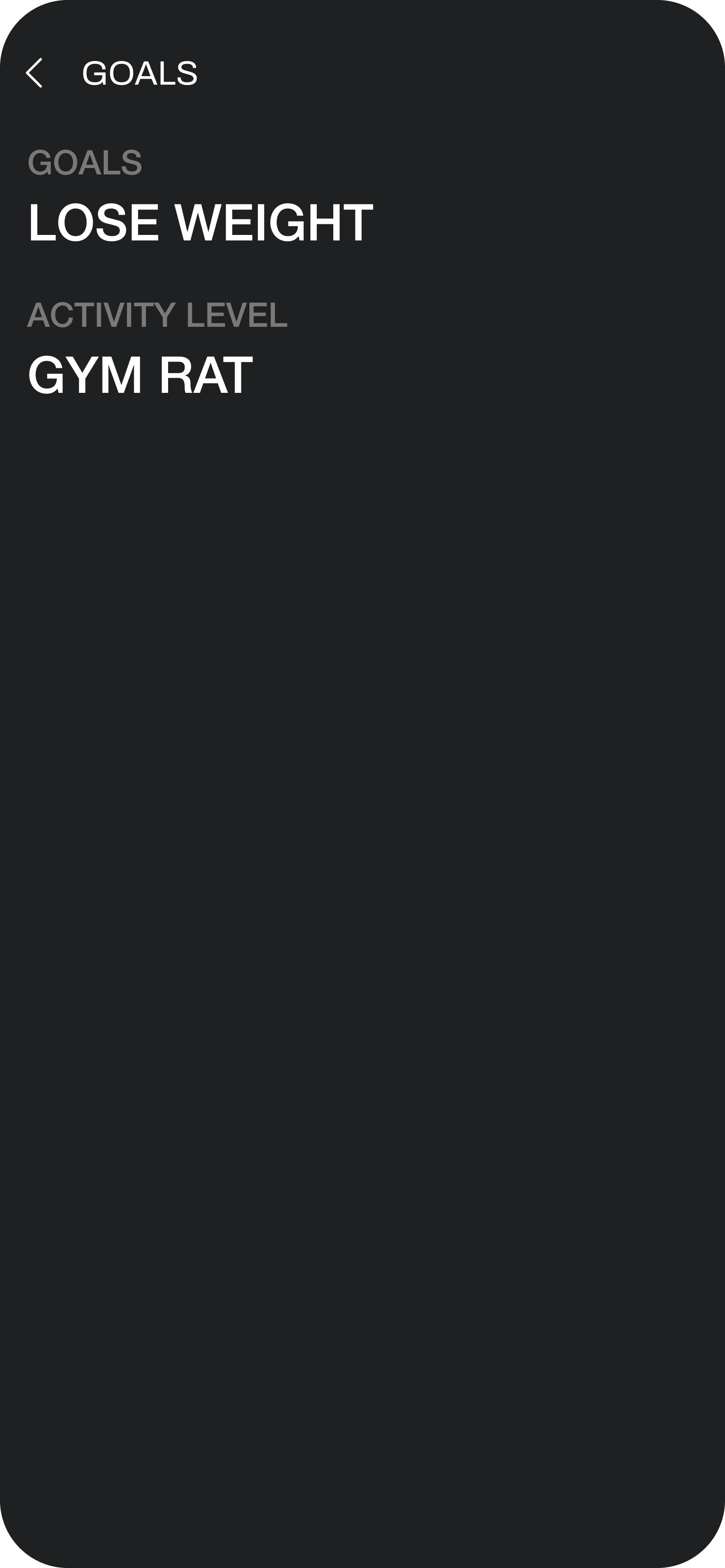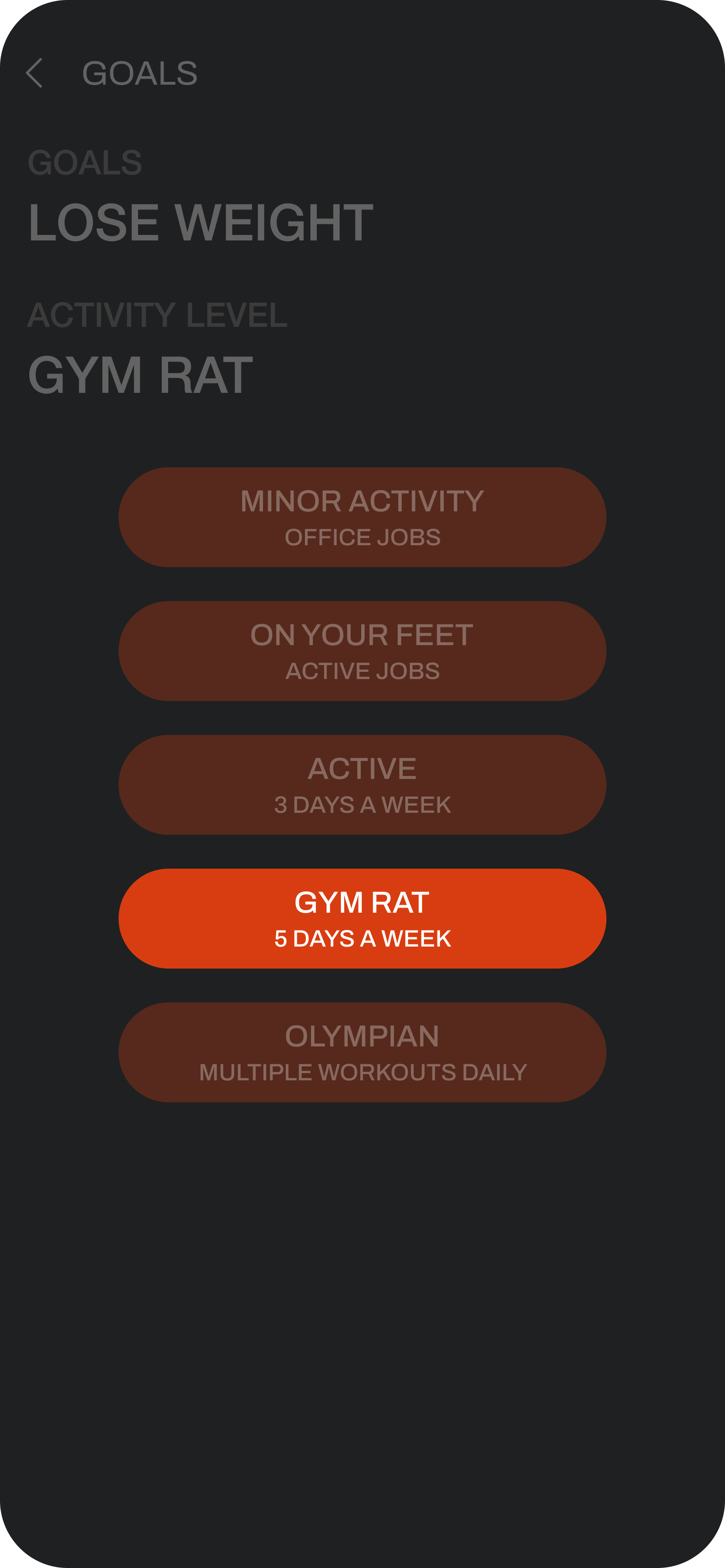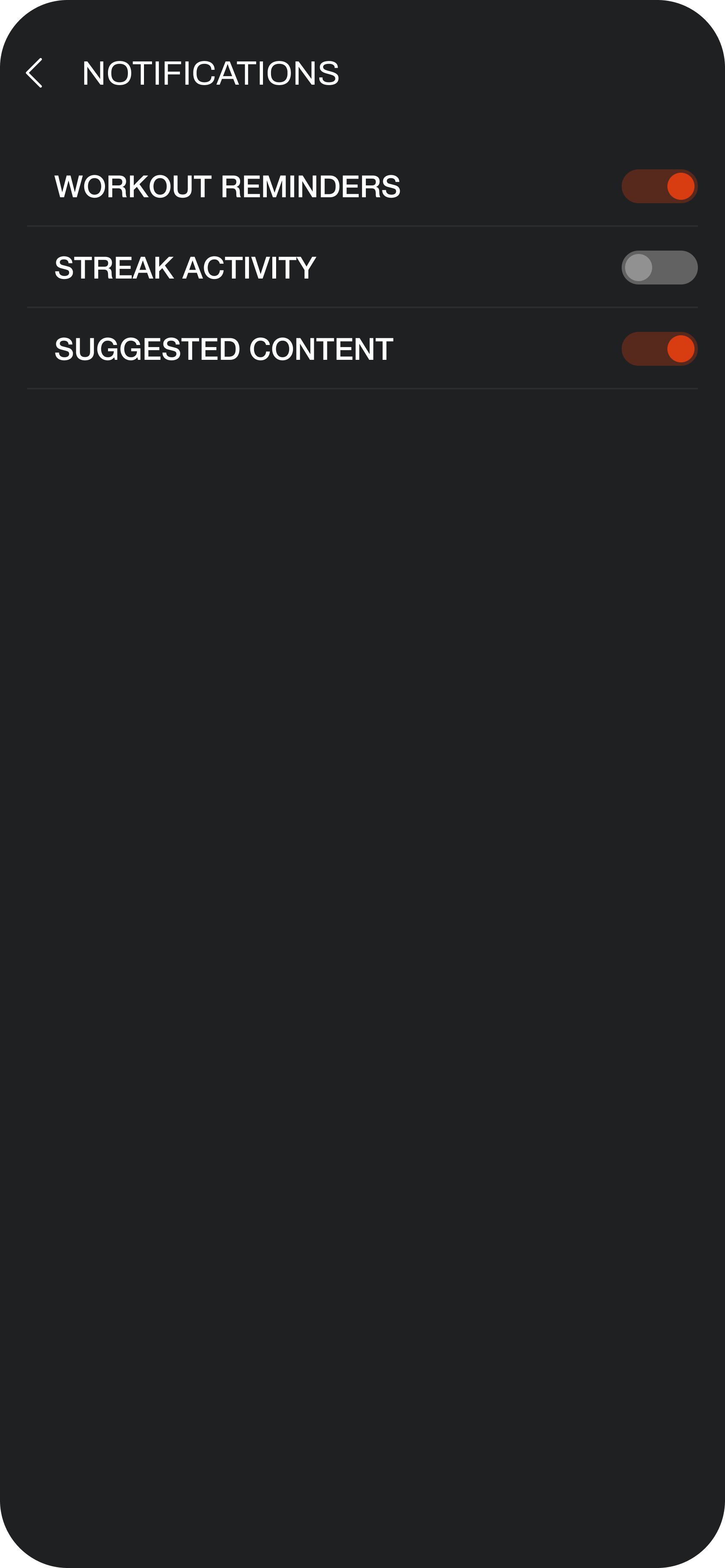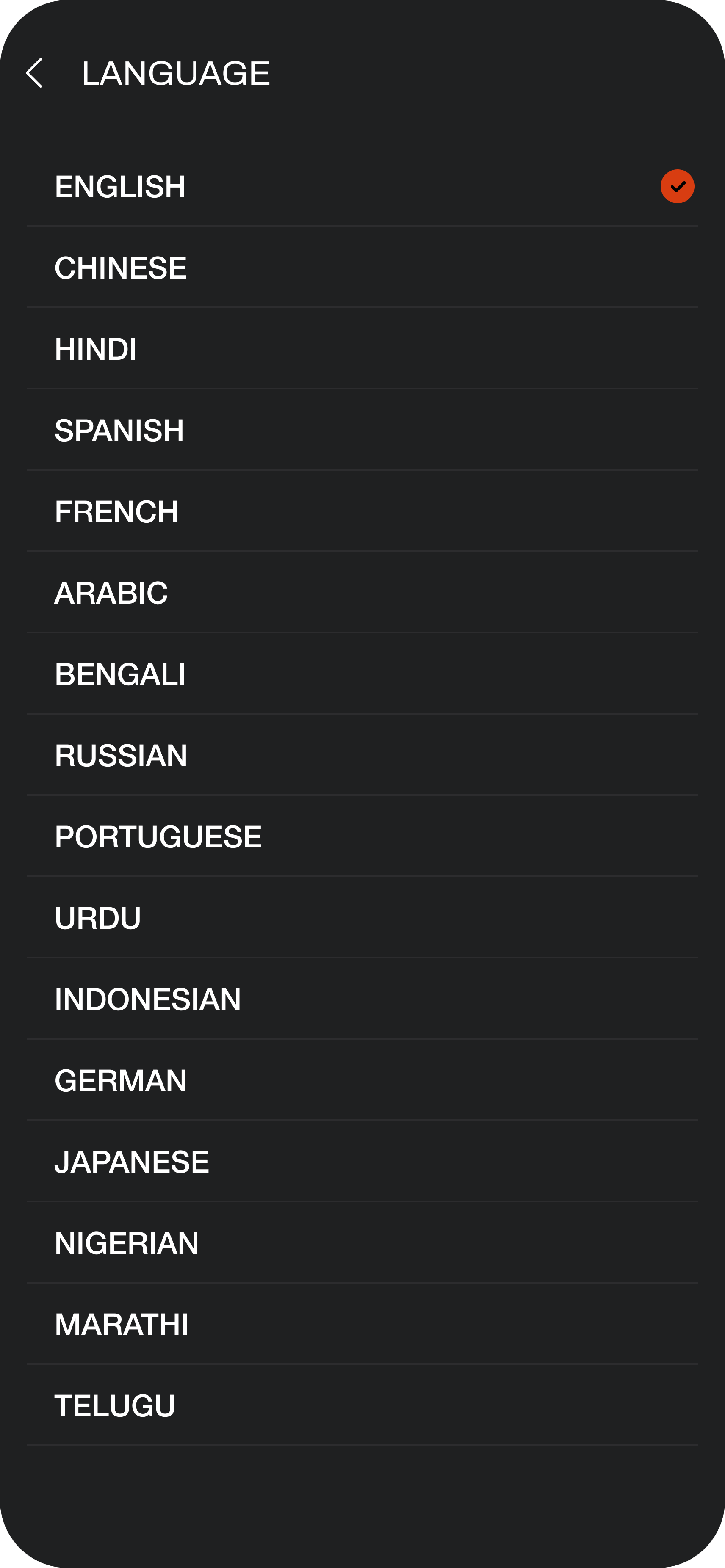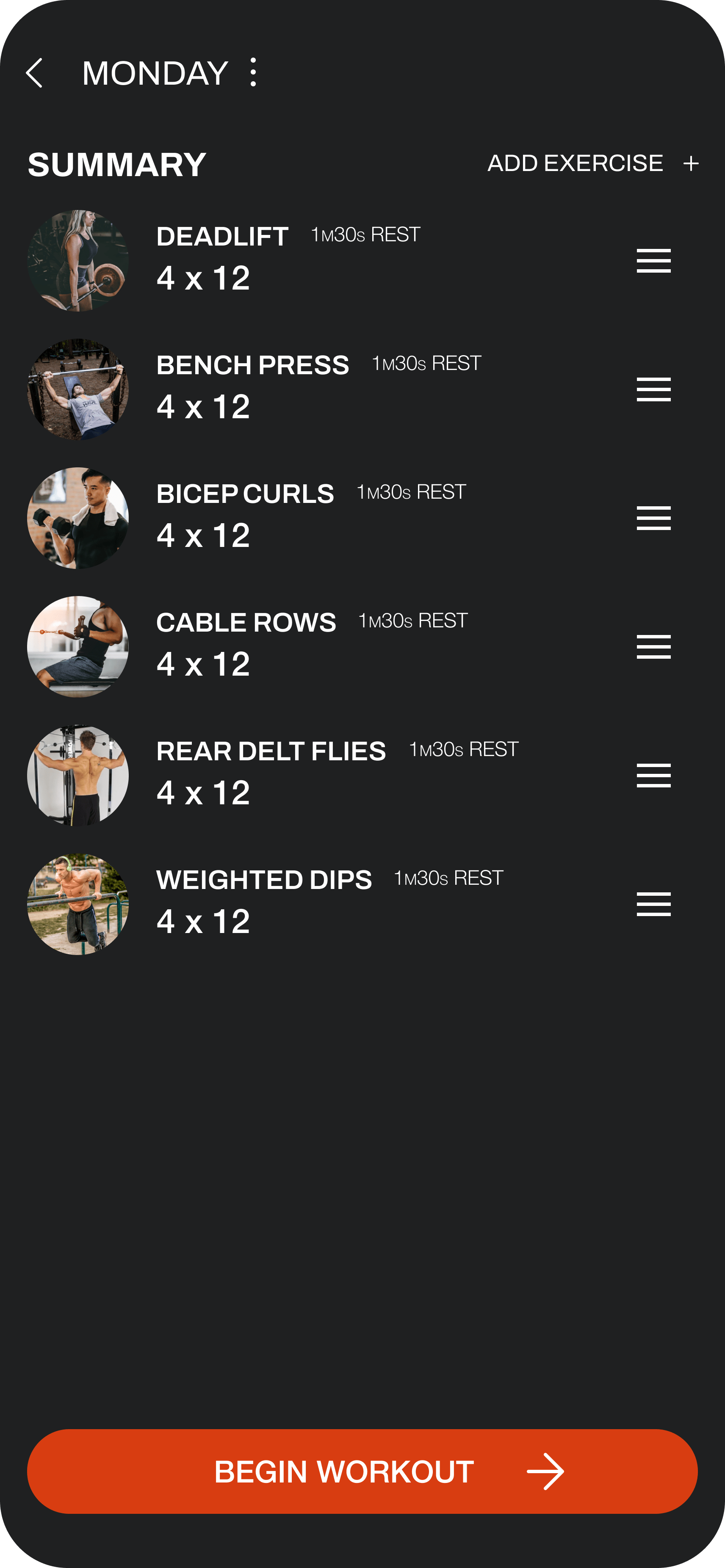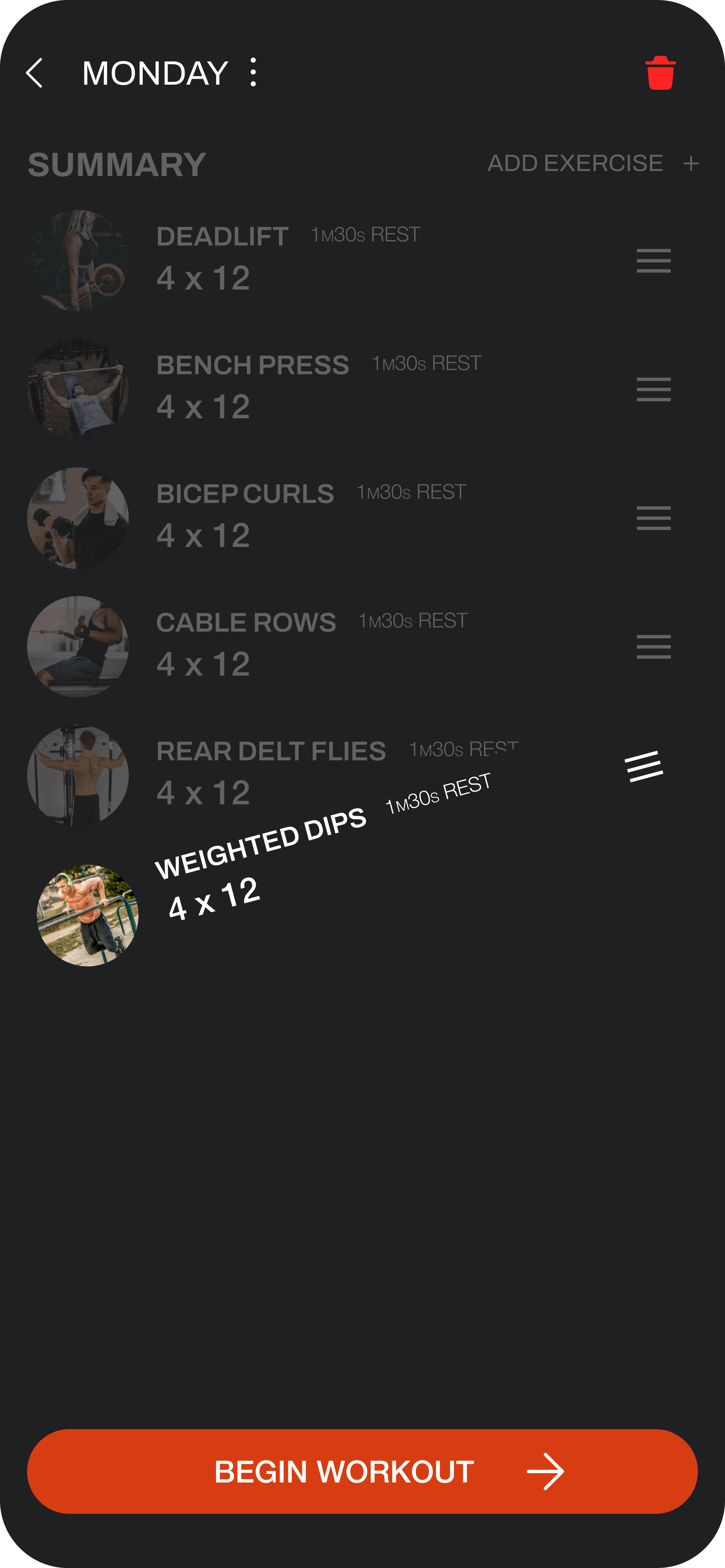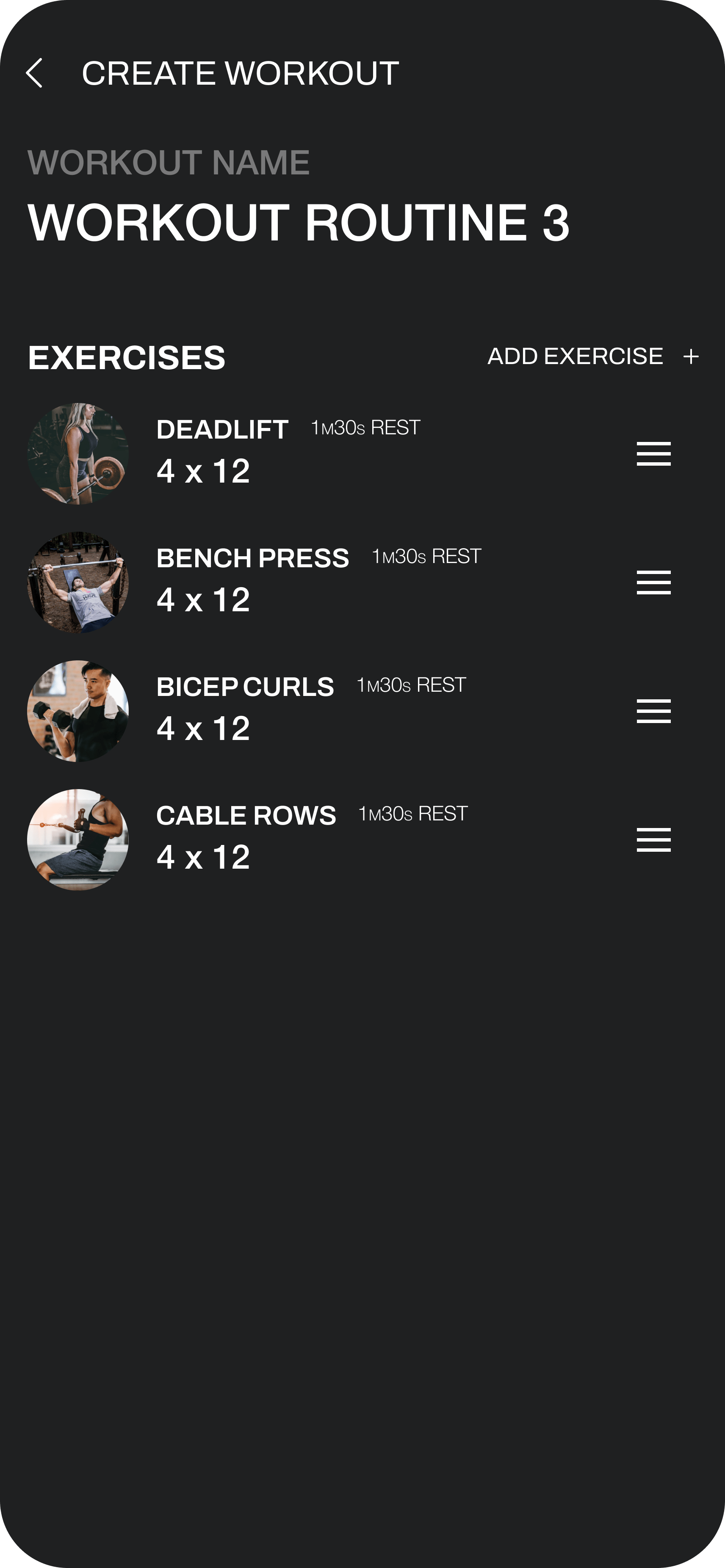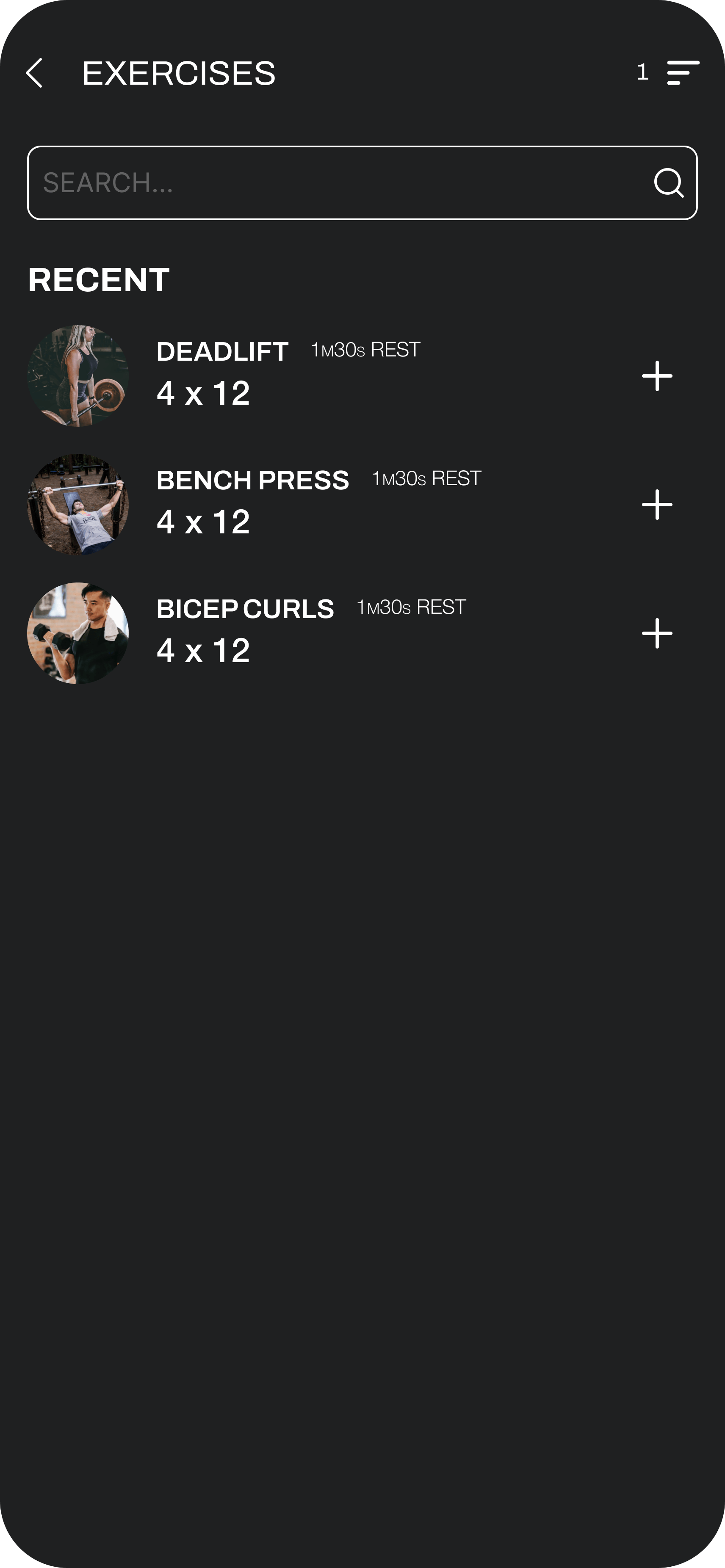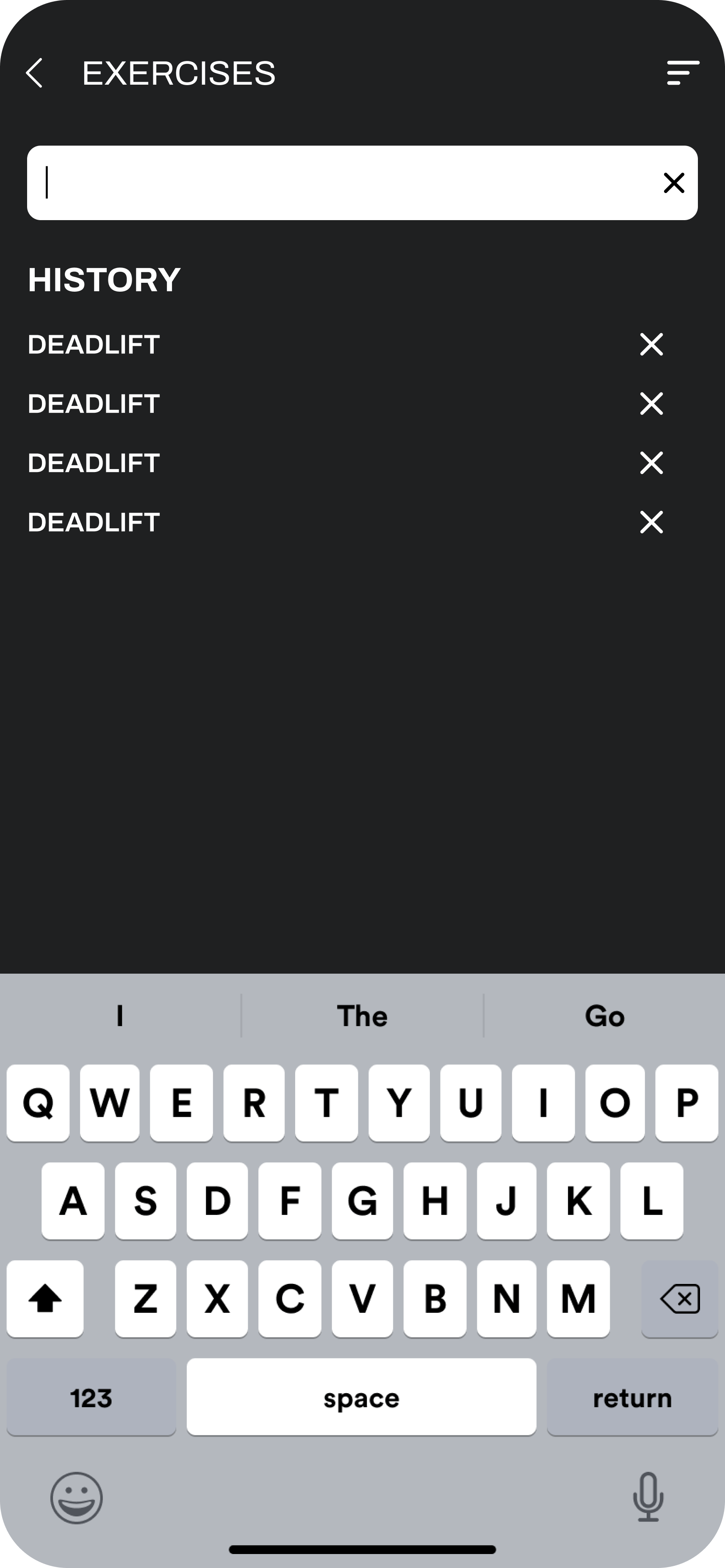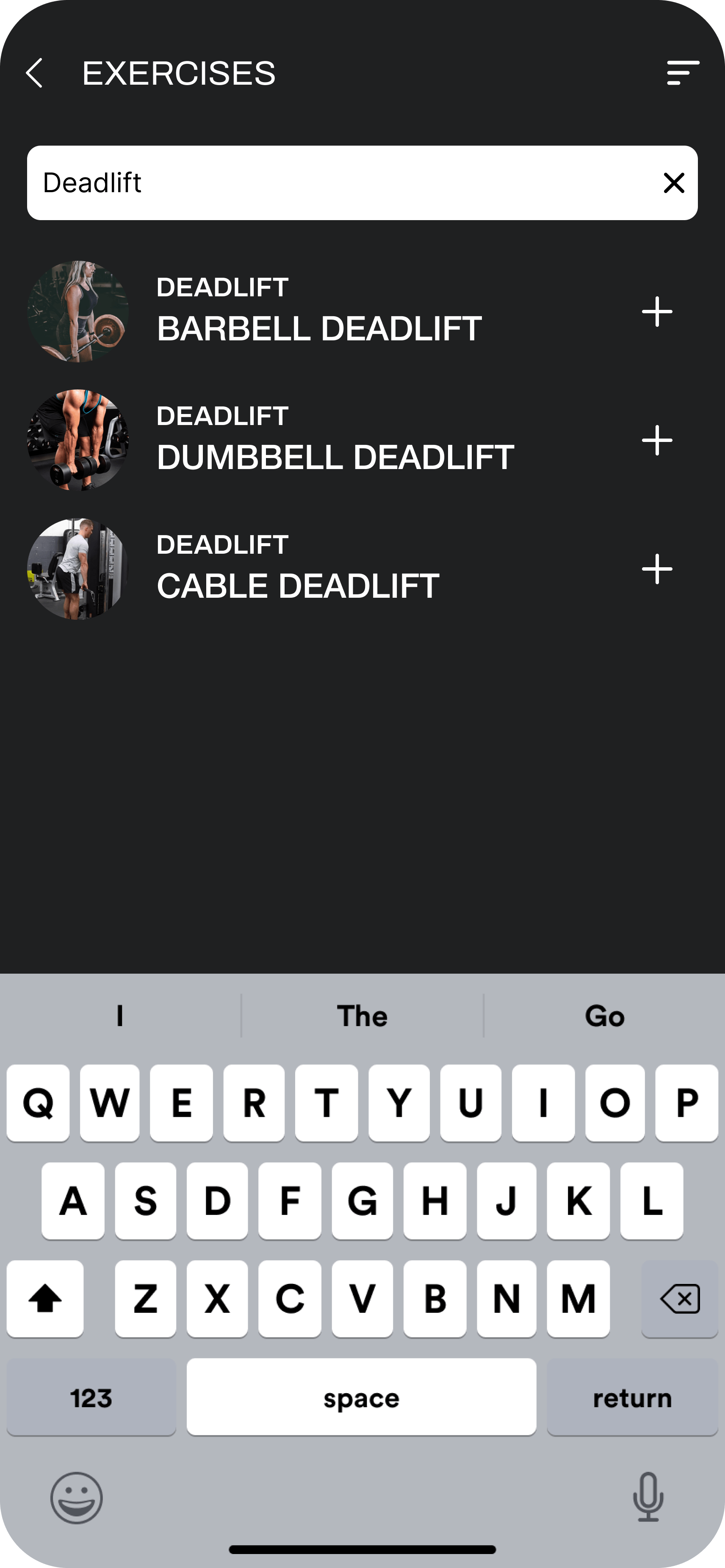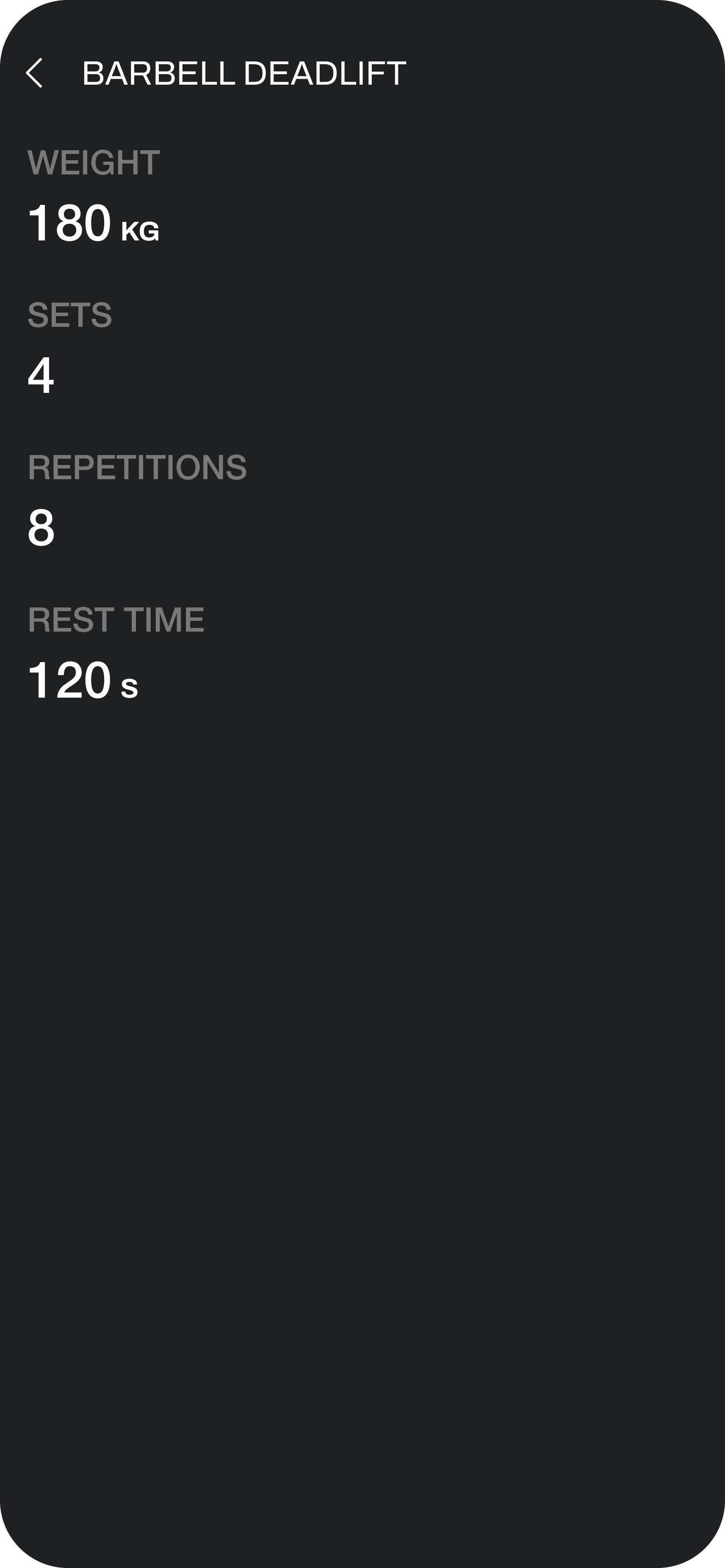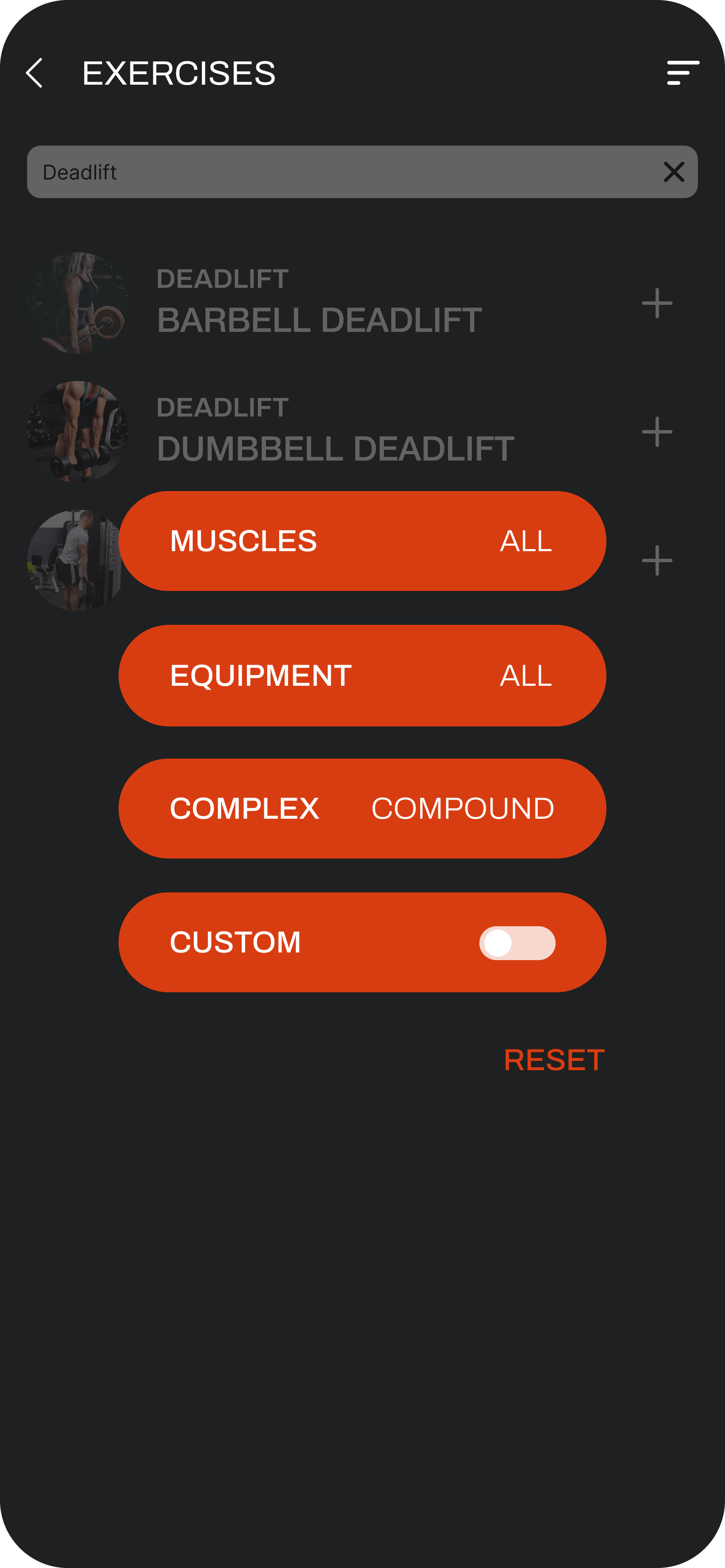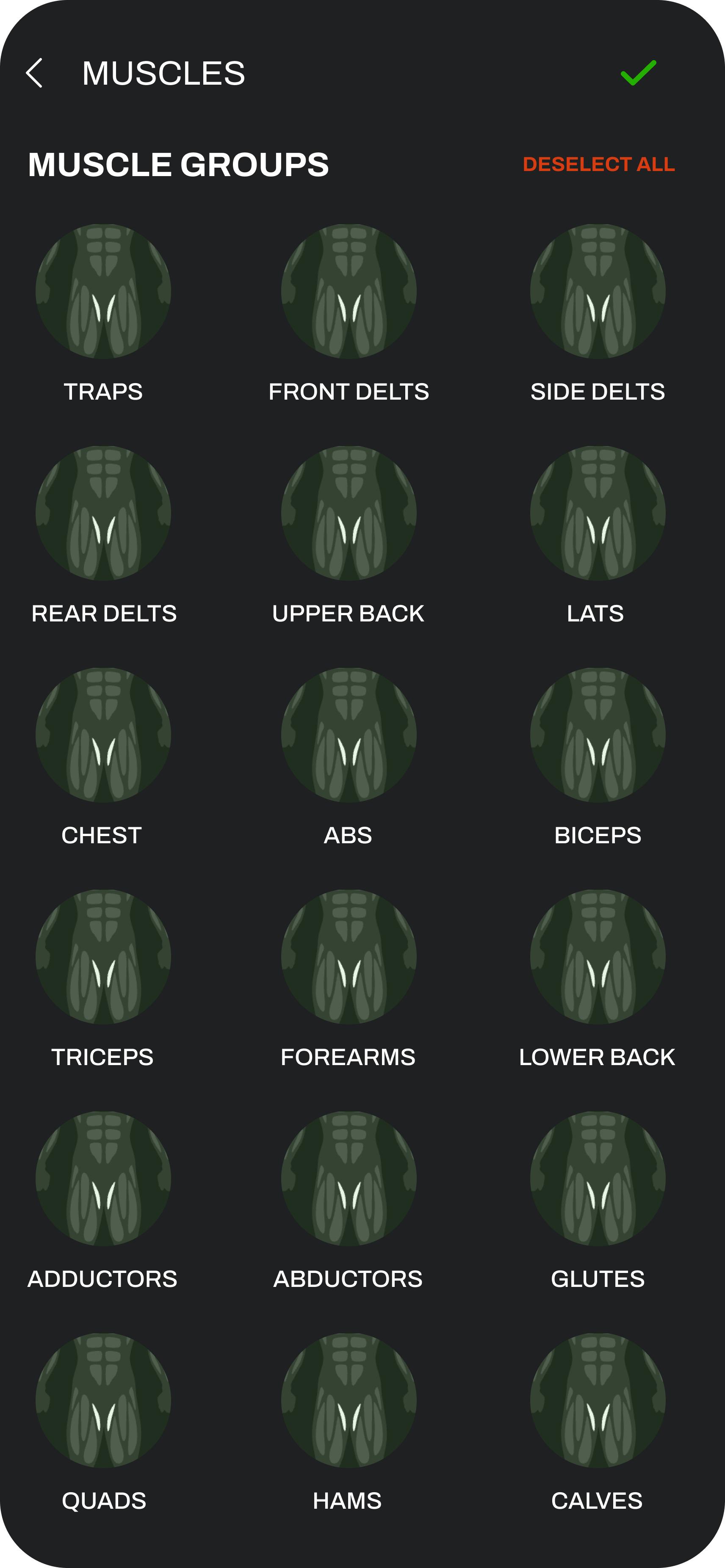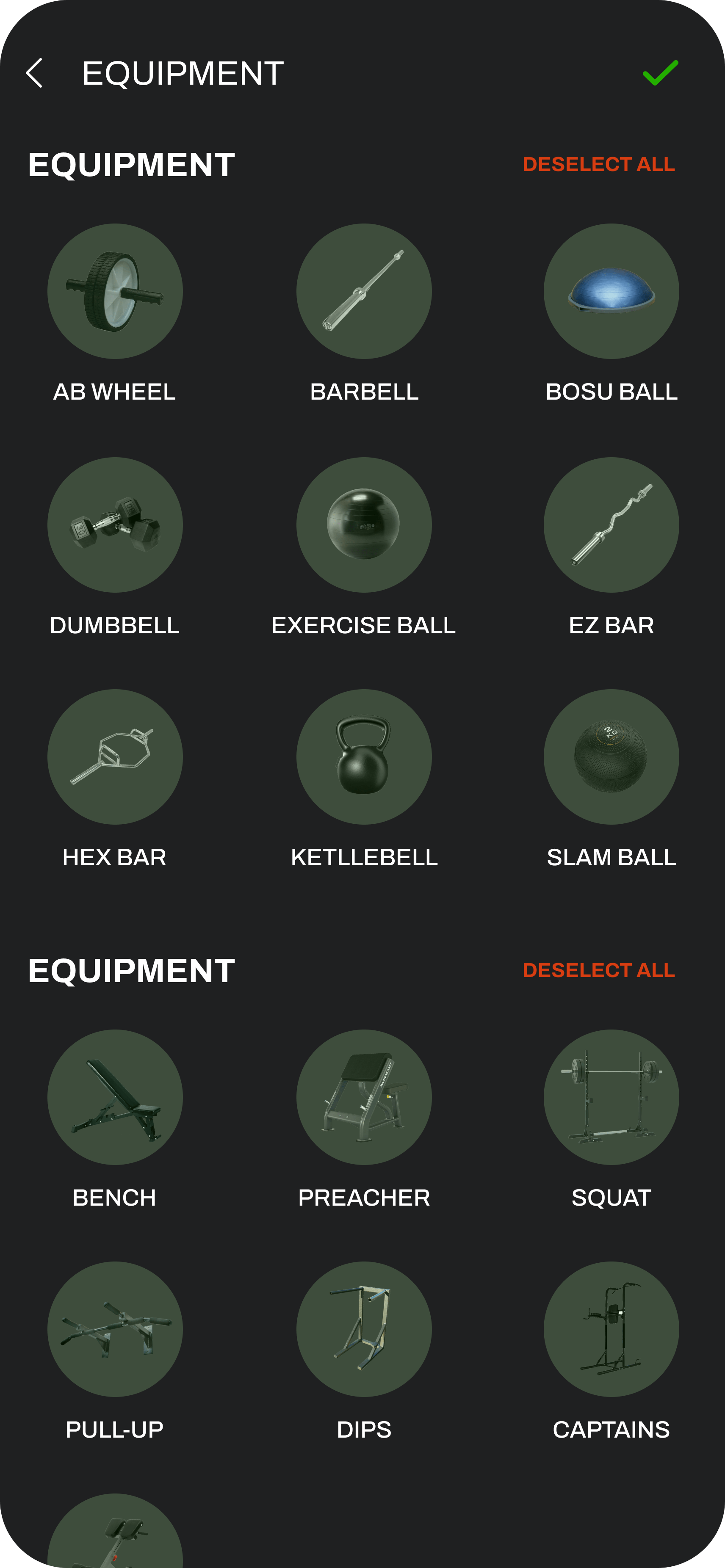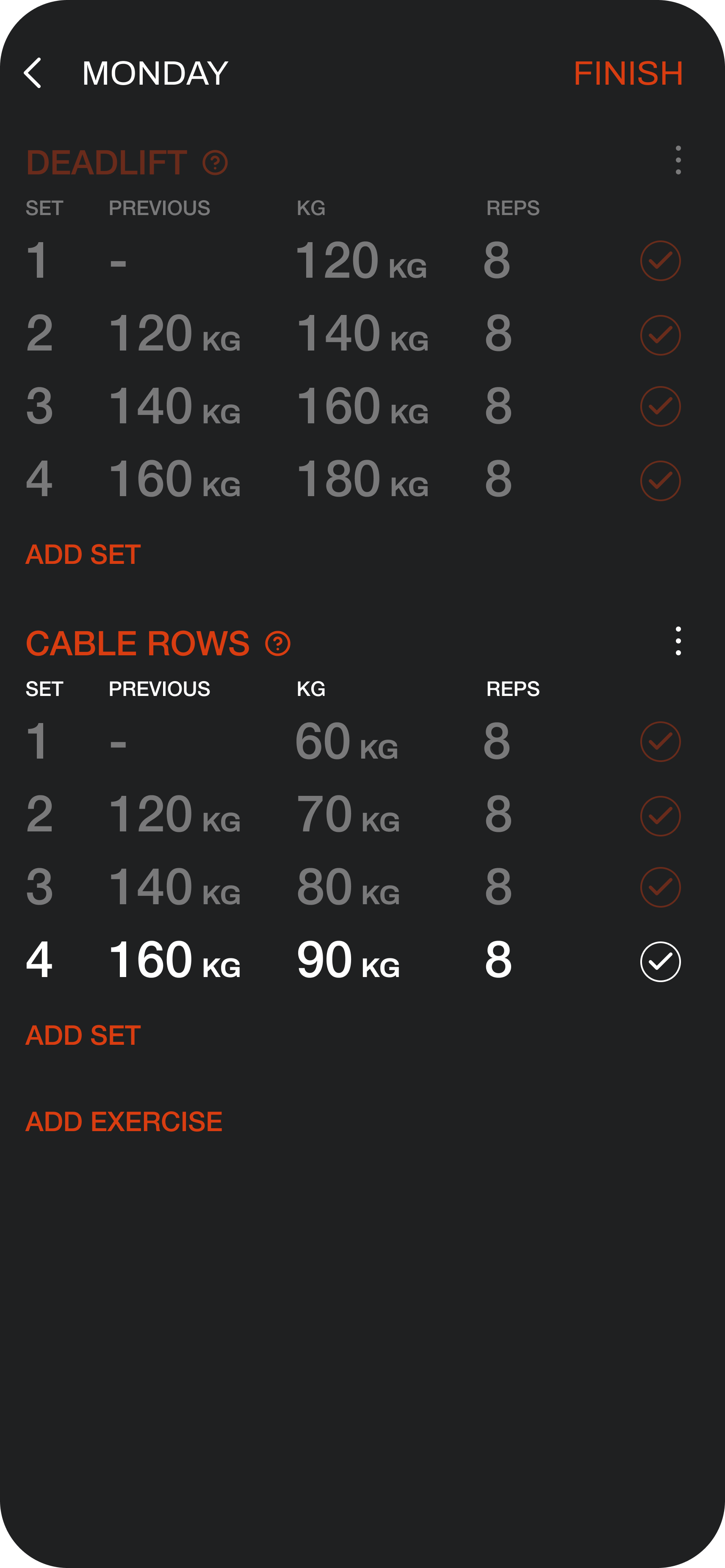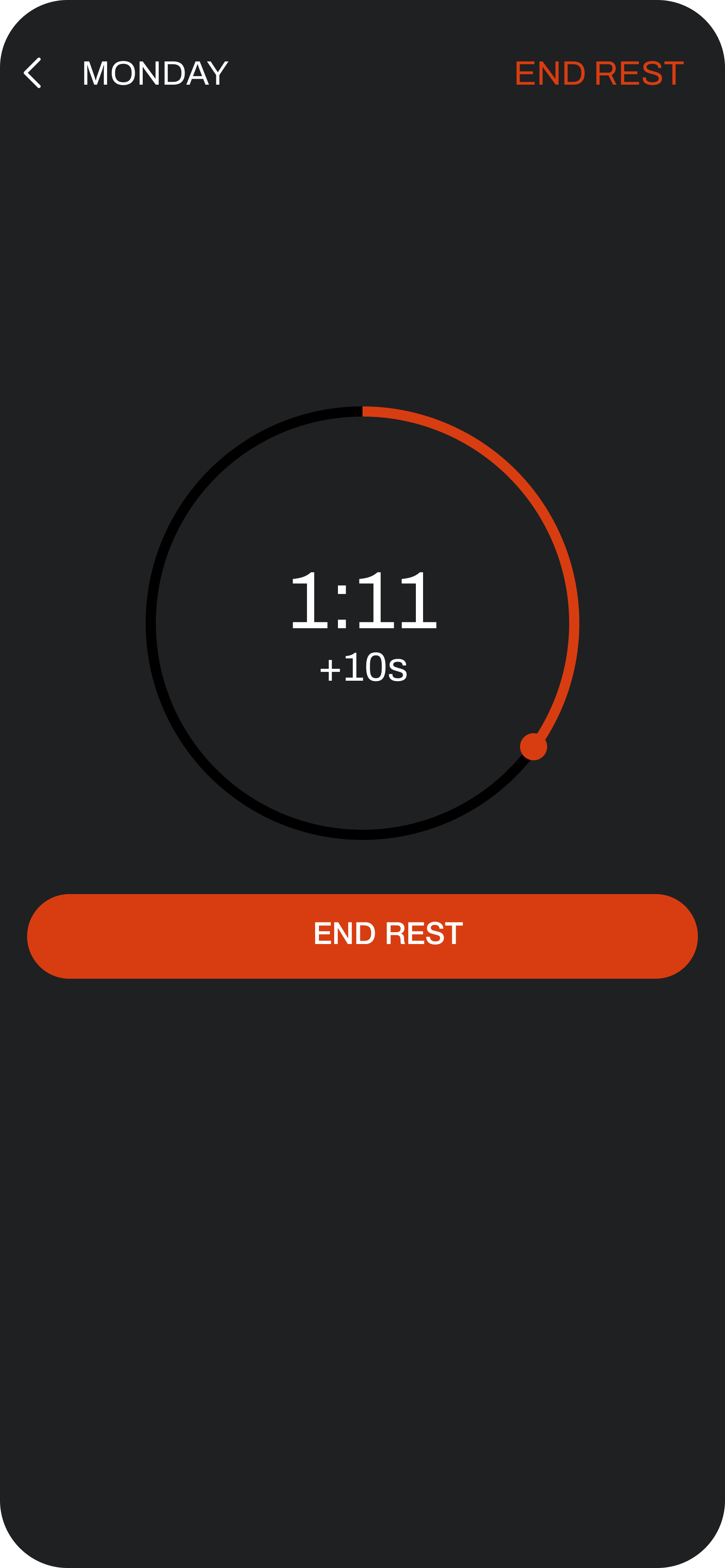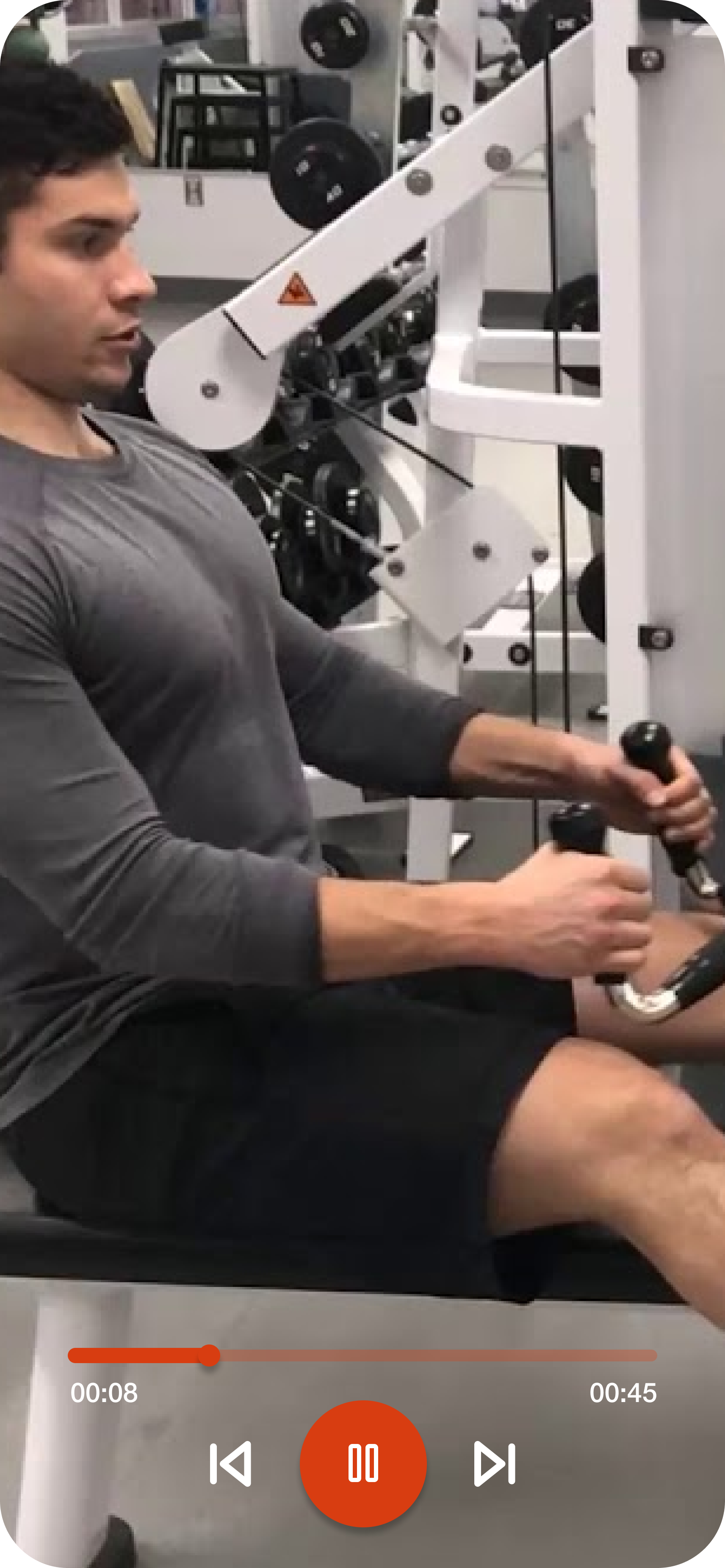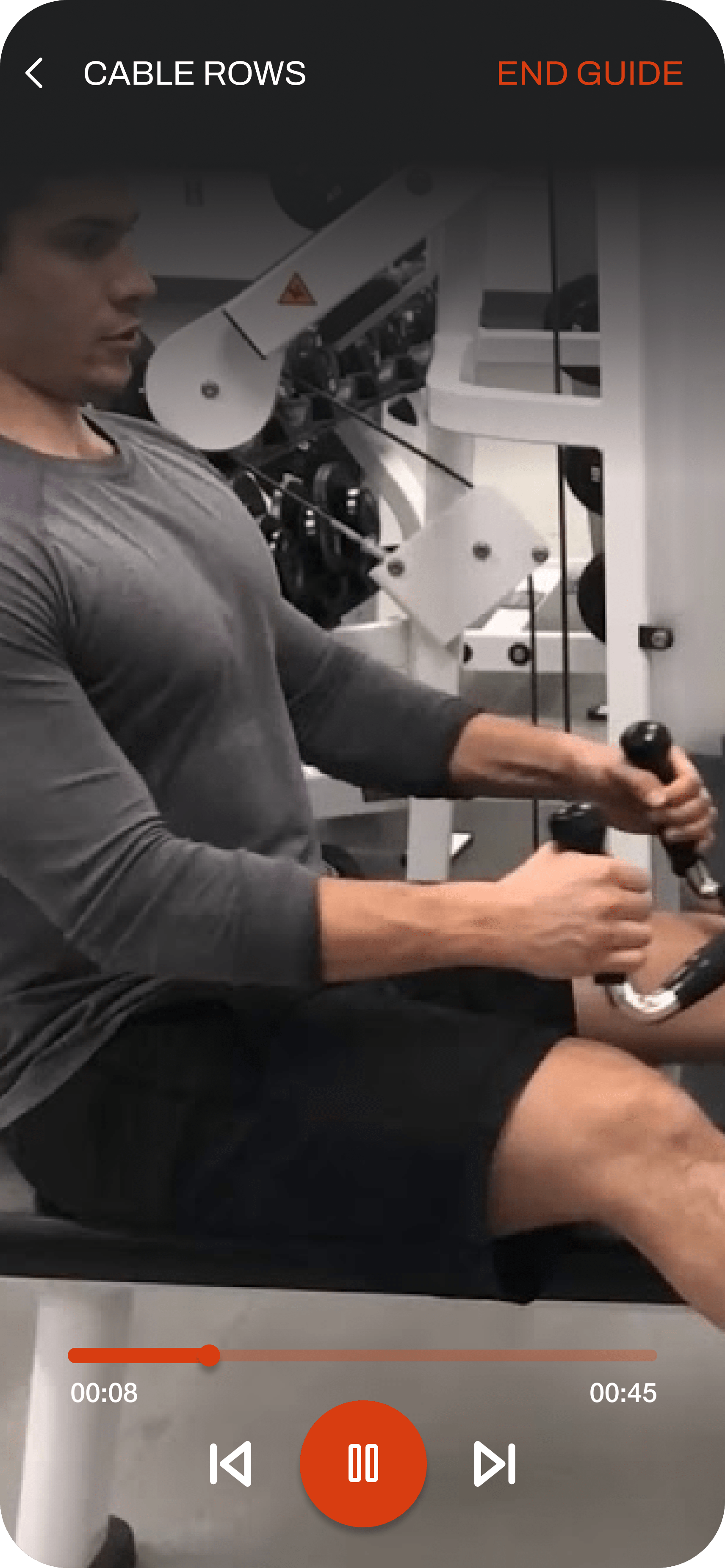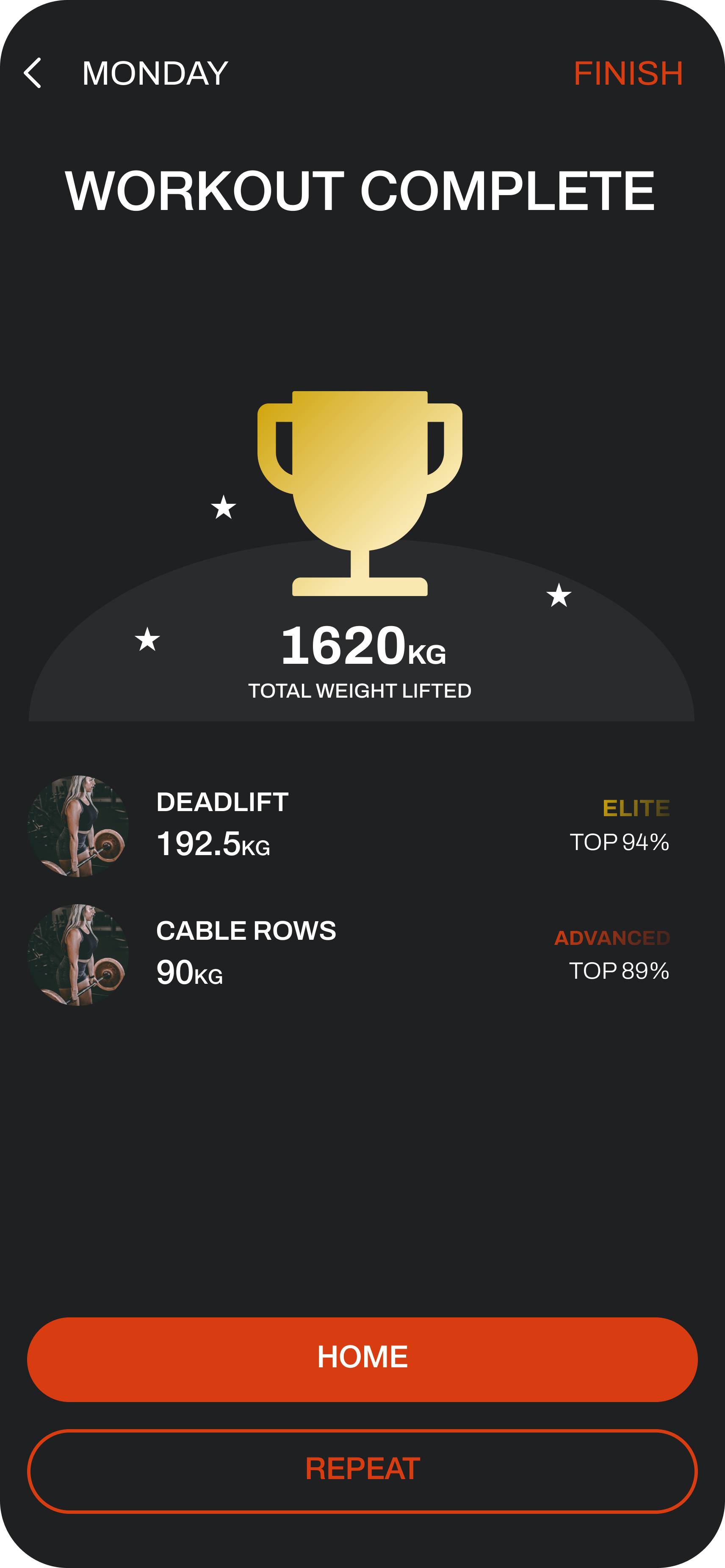Registration would be the first touchpoint for future user’s, so it was important to keep the process simple and streamlined. It took several iterations of user research to understand where in the process was causing friction, which enabled us to trim the process down to how it exists today, focused on asking for only the important information.
• Simplified call-to-action buttons to reduce cognitive load by separating email and social media pathways.
• Value proposition revised to set expectations by highlighting upcoming features before onboarding.
• Changes to page hierarchy and options prevented users skipping the process.
• Language tone optimised for the primary athletic male demographic.
• A progress step counter added to improve process clarity.
• Backwards navigation deprioritised to encourage onboarding completion.
• Explanatory text added to build user trust through transparency around data usage.
• Metric toggle relocated adjacent to the units for clearer understanding.
• Age question rephrased for enhanced data quality.
• Activity level positioning optimised based on user expectations.
• Activity options tailored based on usage data to focus on high-impact options.
Refinements to the signup user experience implemented resulted in improved comprehension, completion rates, and overall satisfaction for the target demographic.
For the future it would be valuable to understand the initial impact value proposition has, and if it leads to an increase in onboarding completion - Otherwise, it could potential be an additional 3 steps to the onboarding process, failing to align with miller’s law




